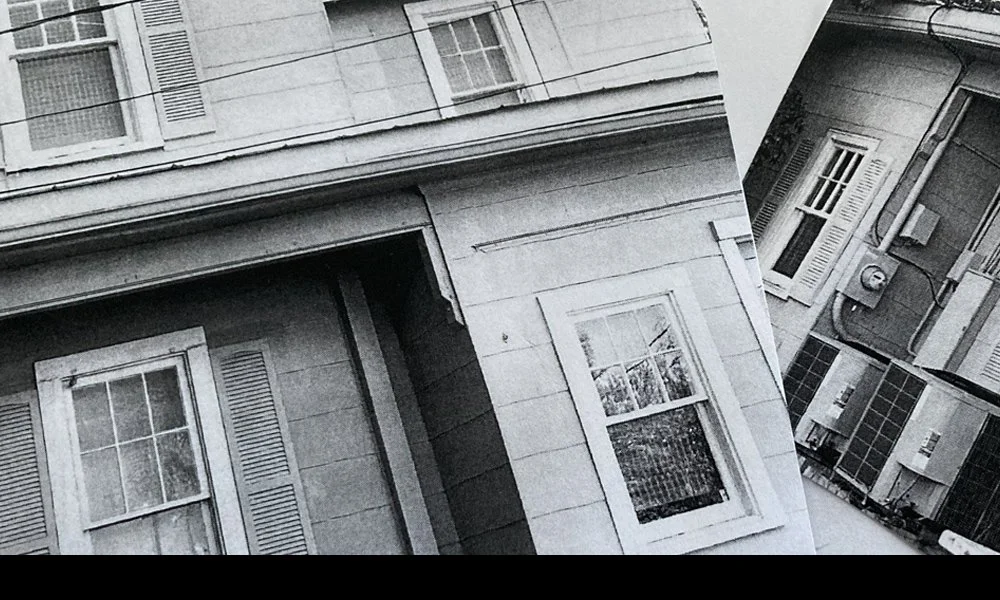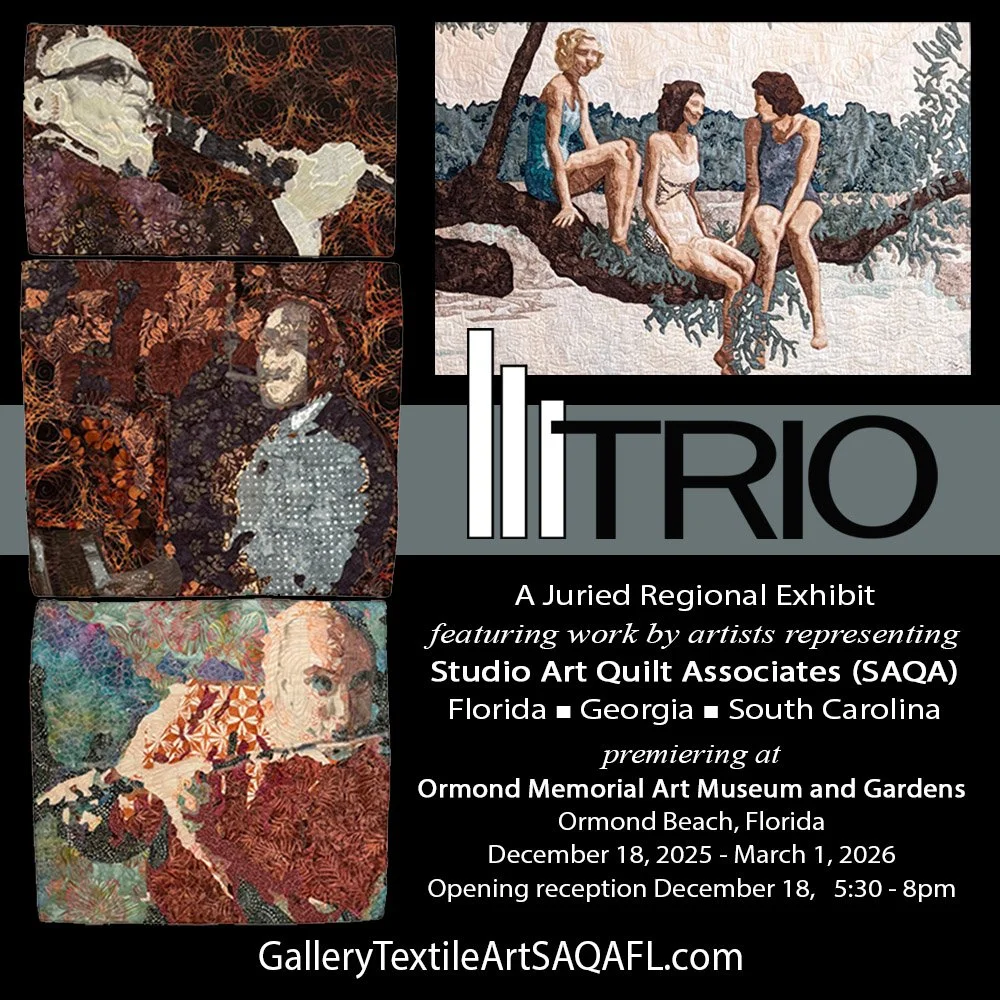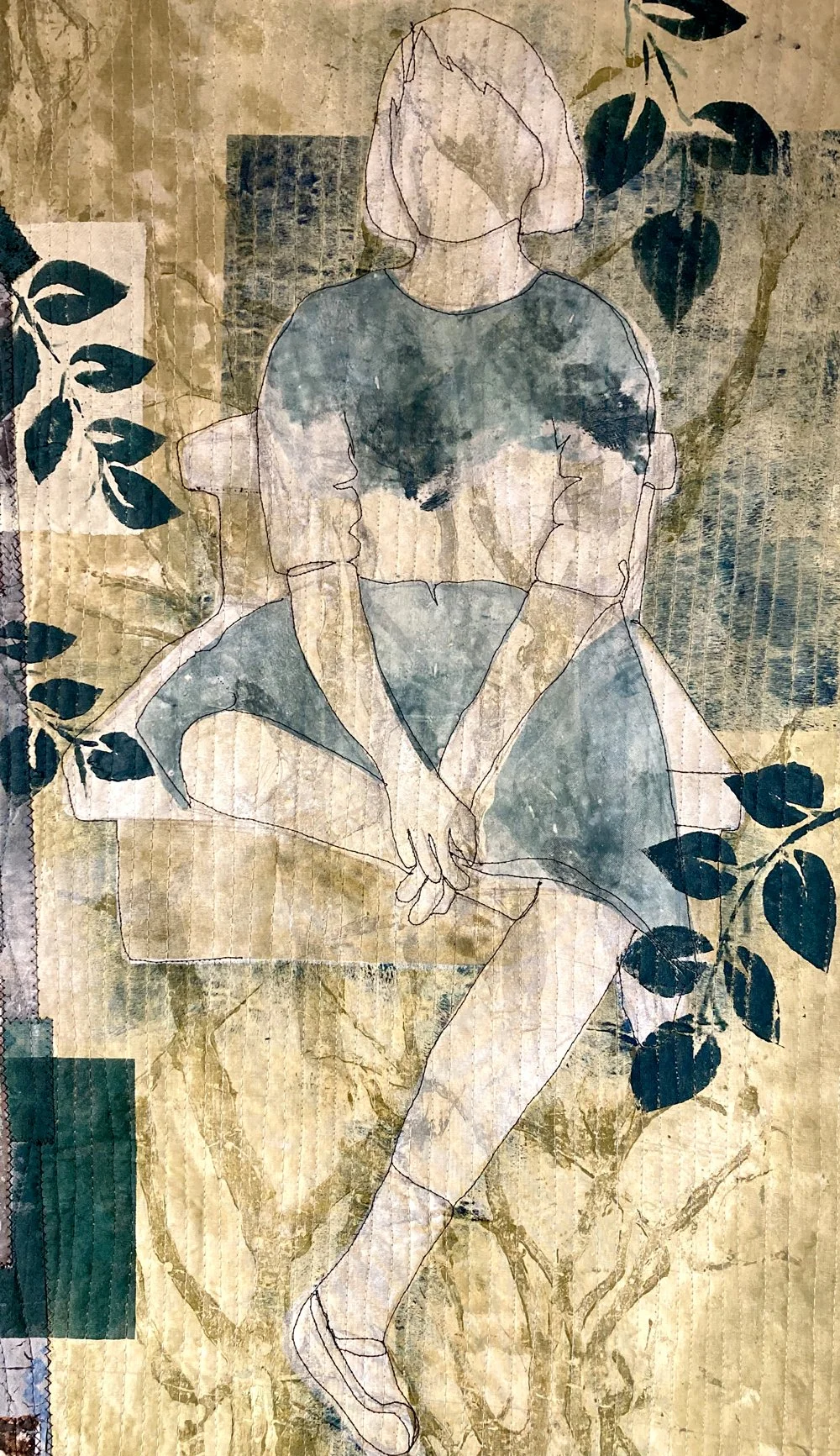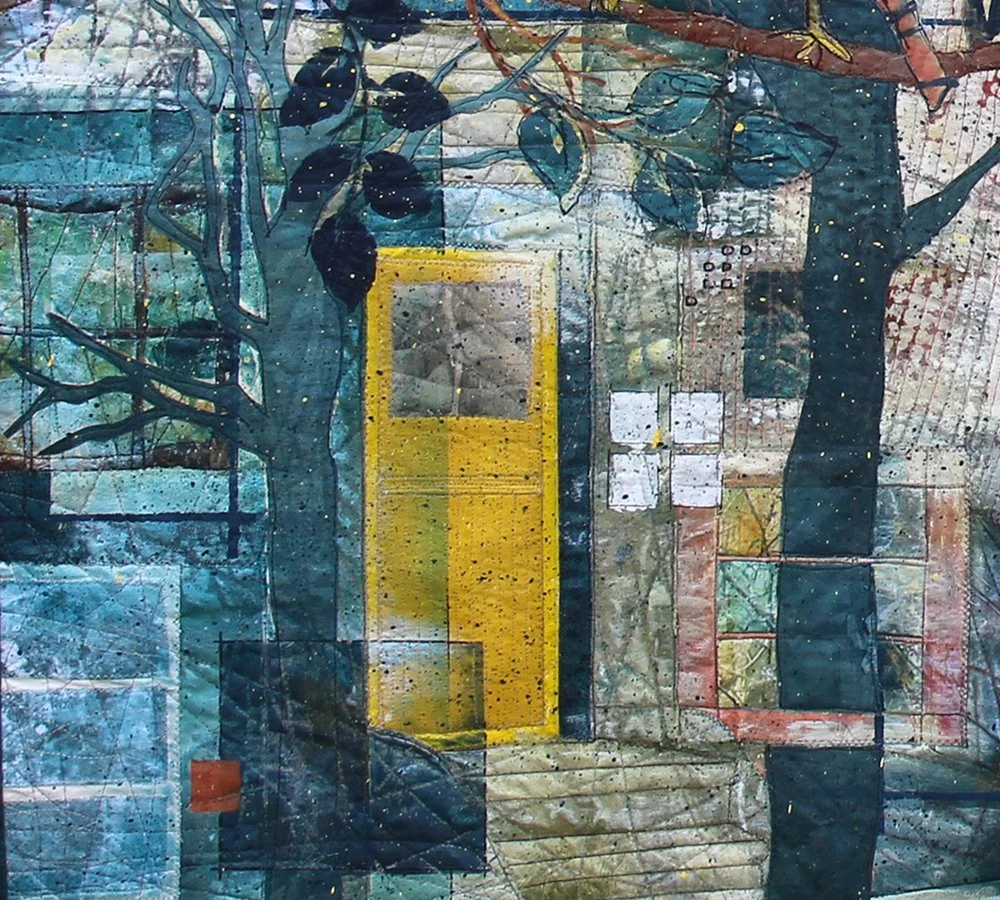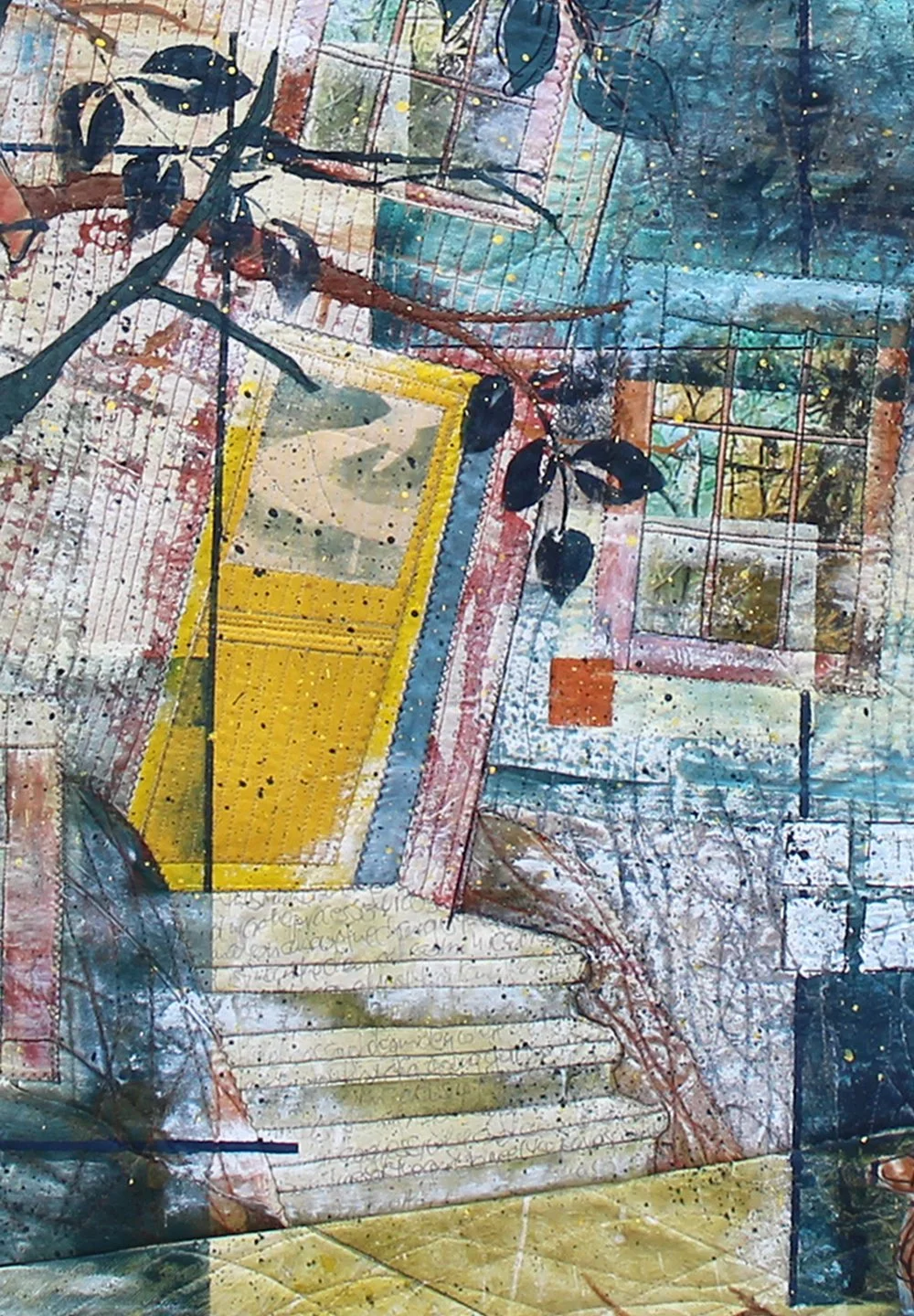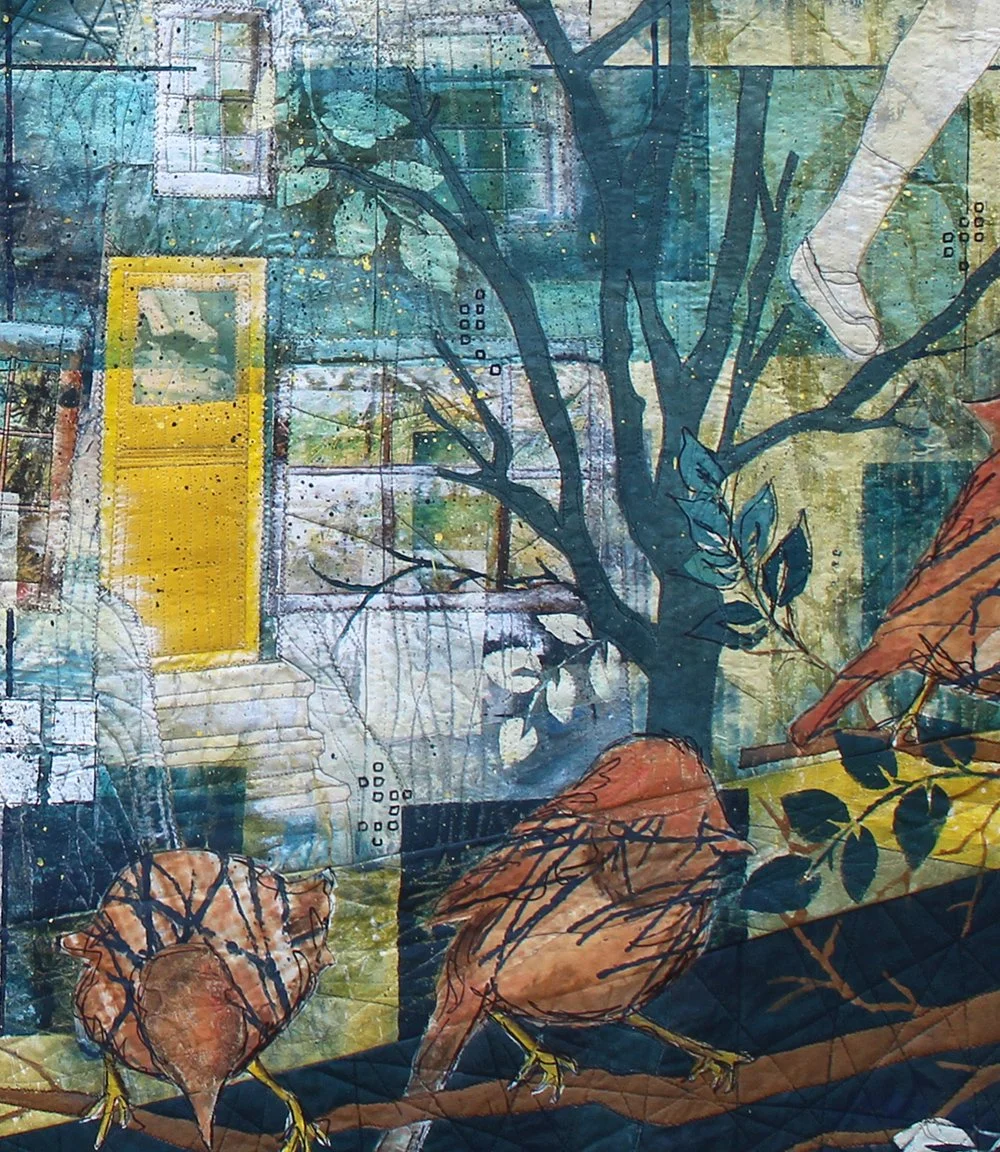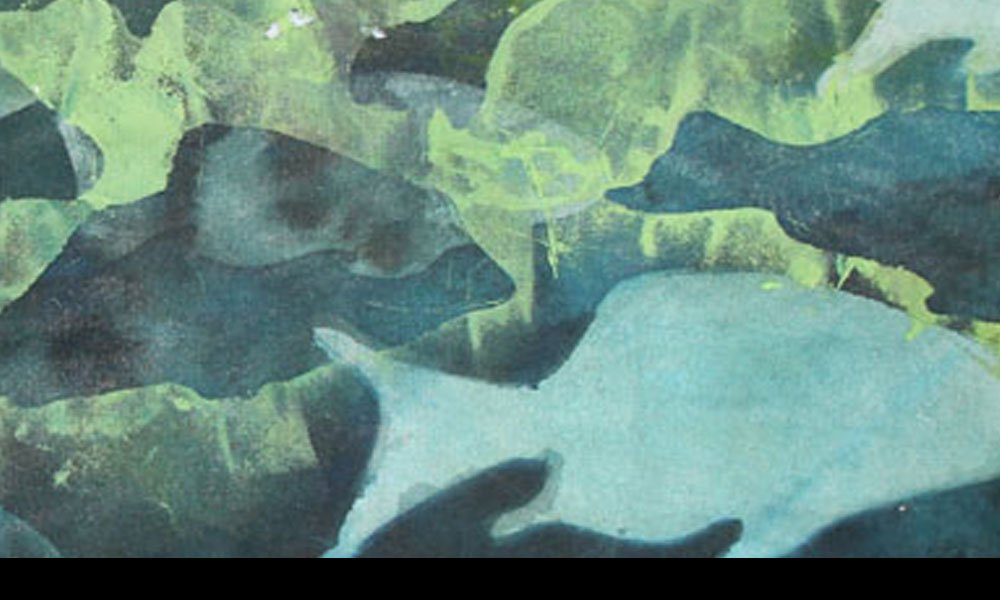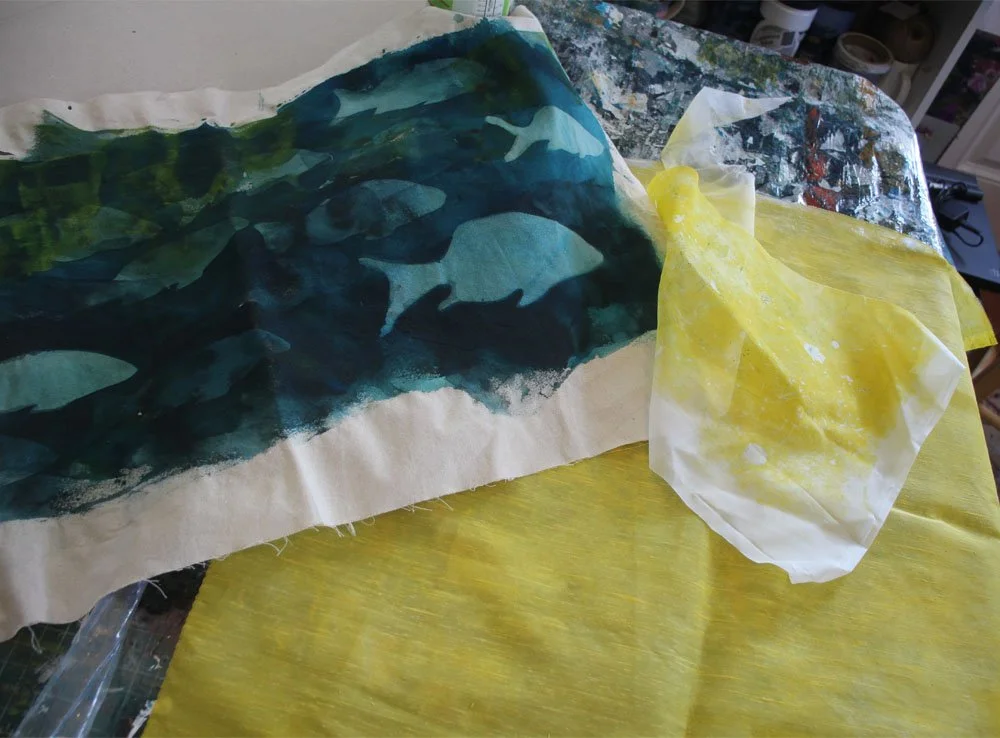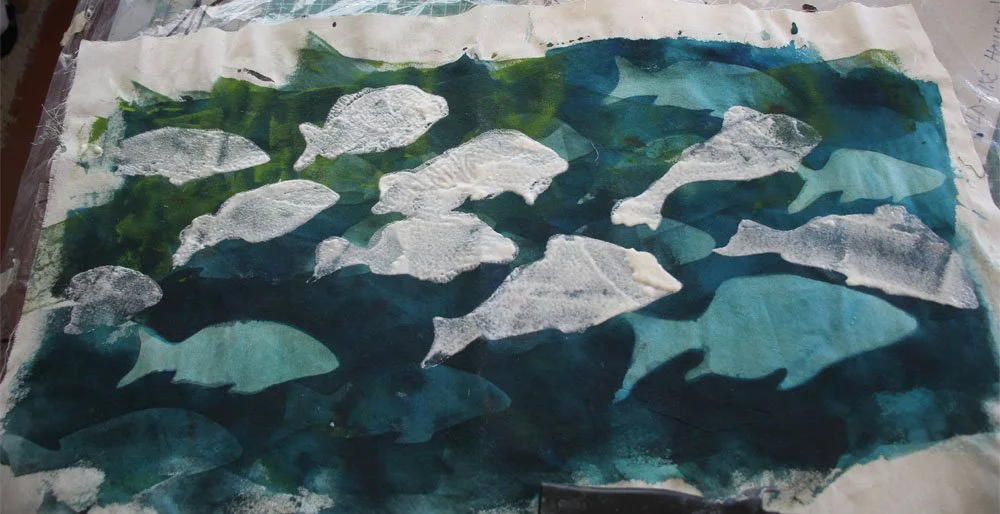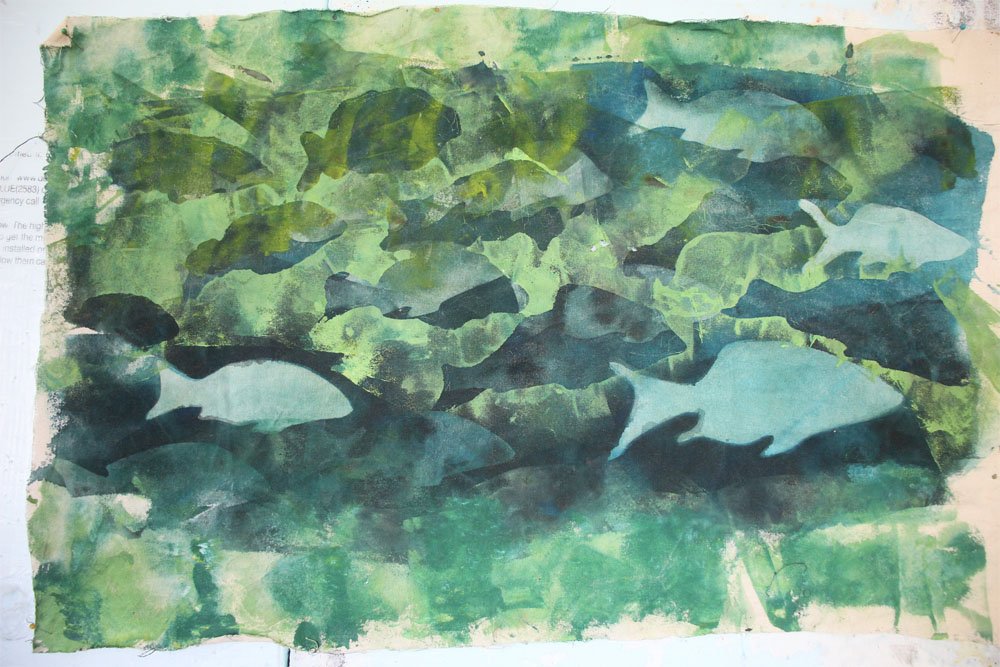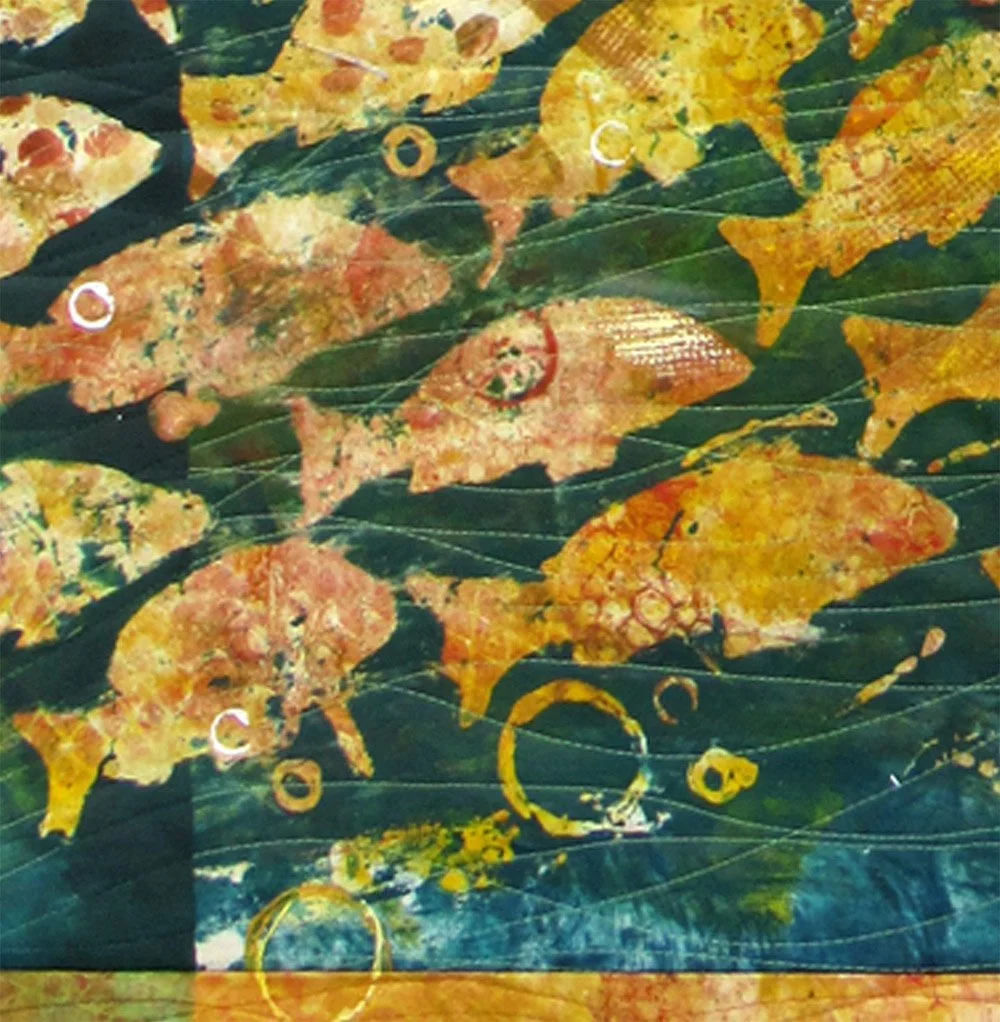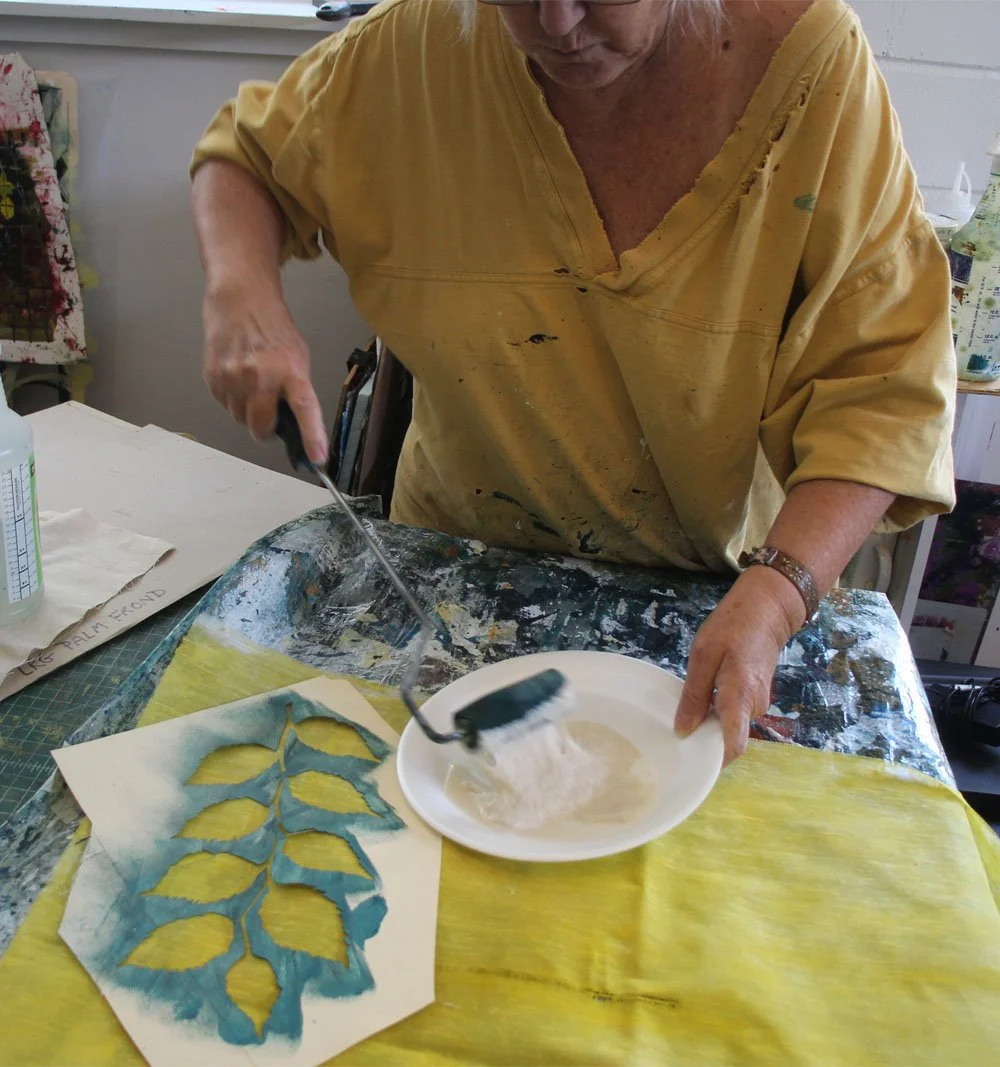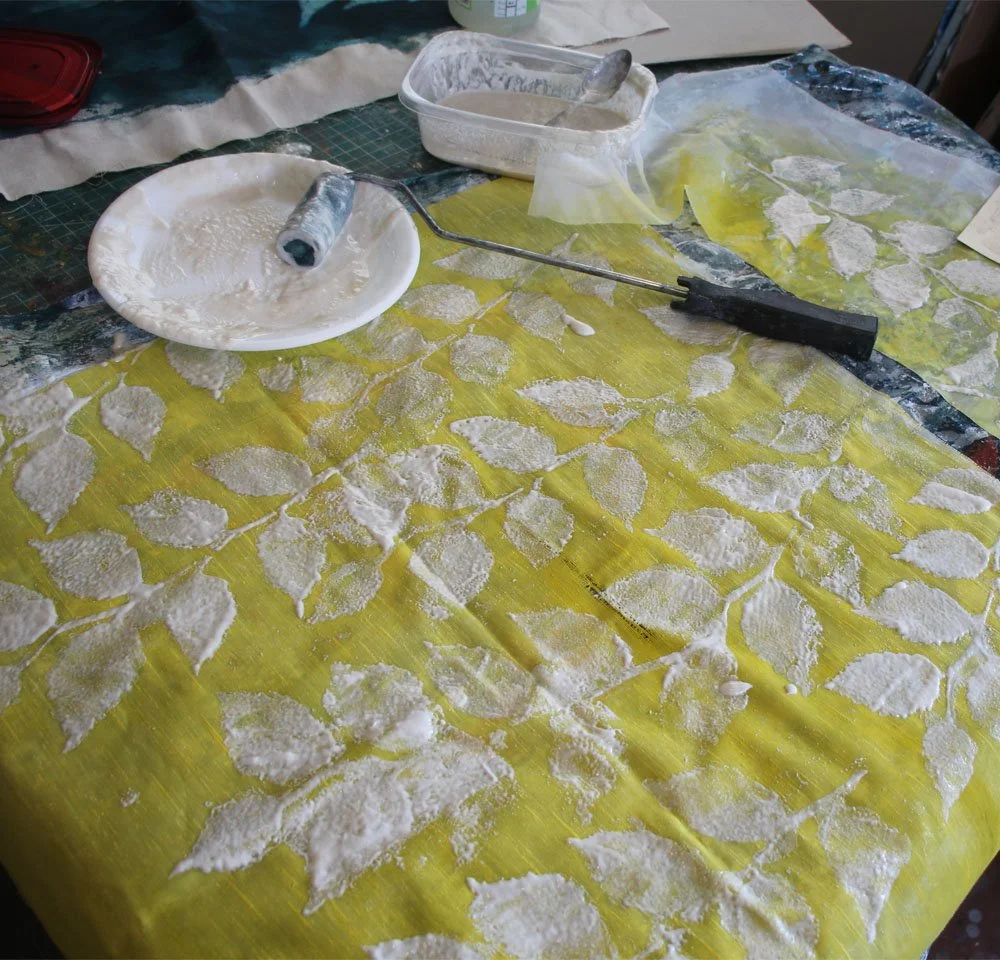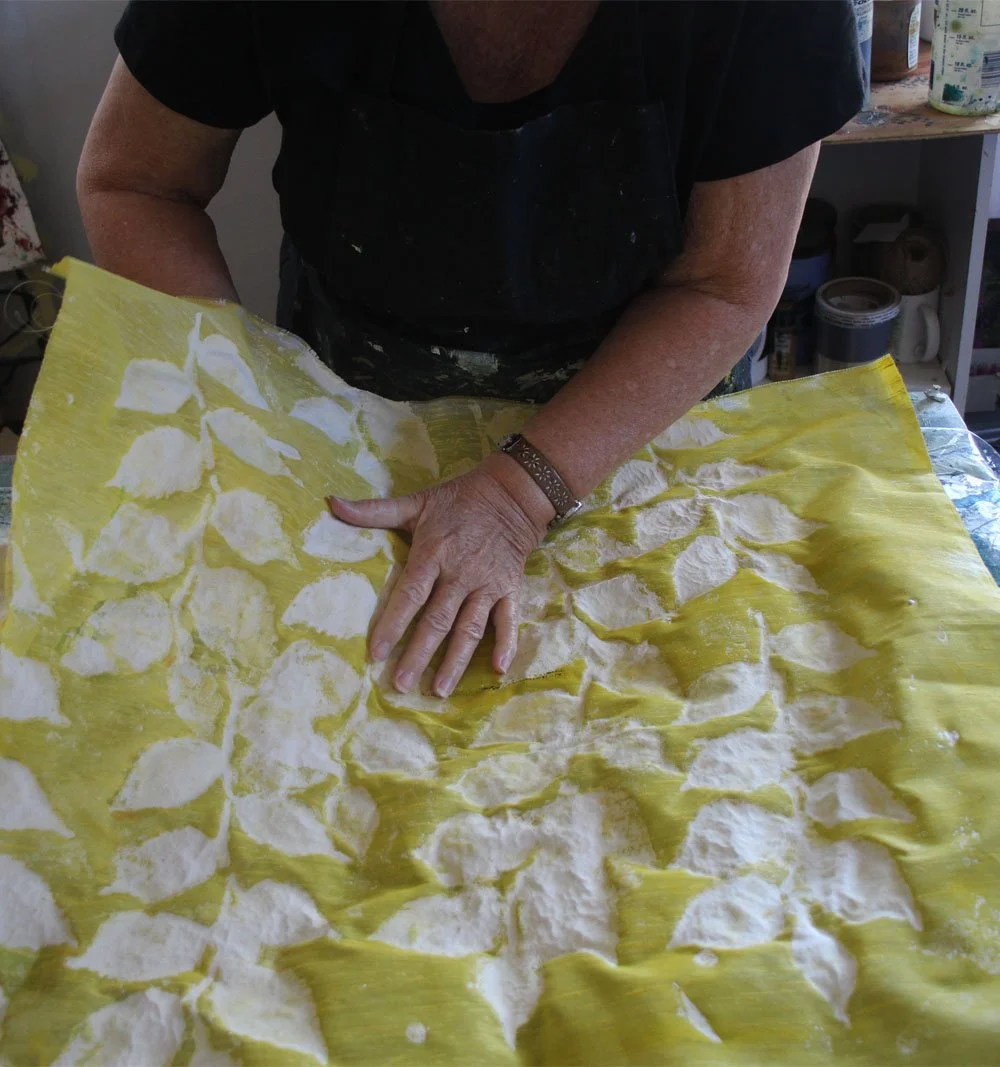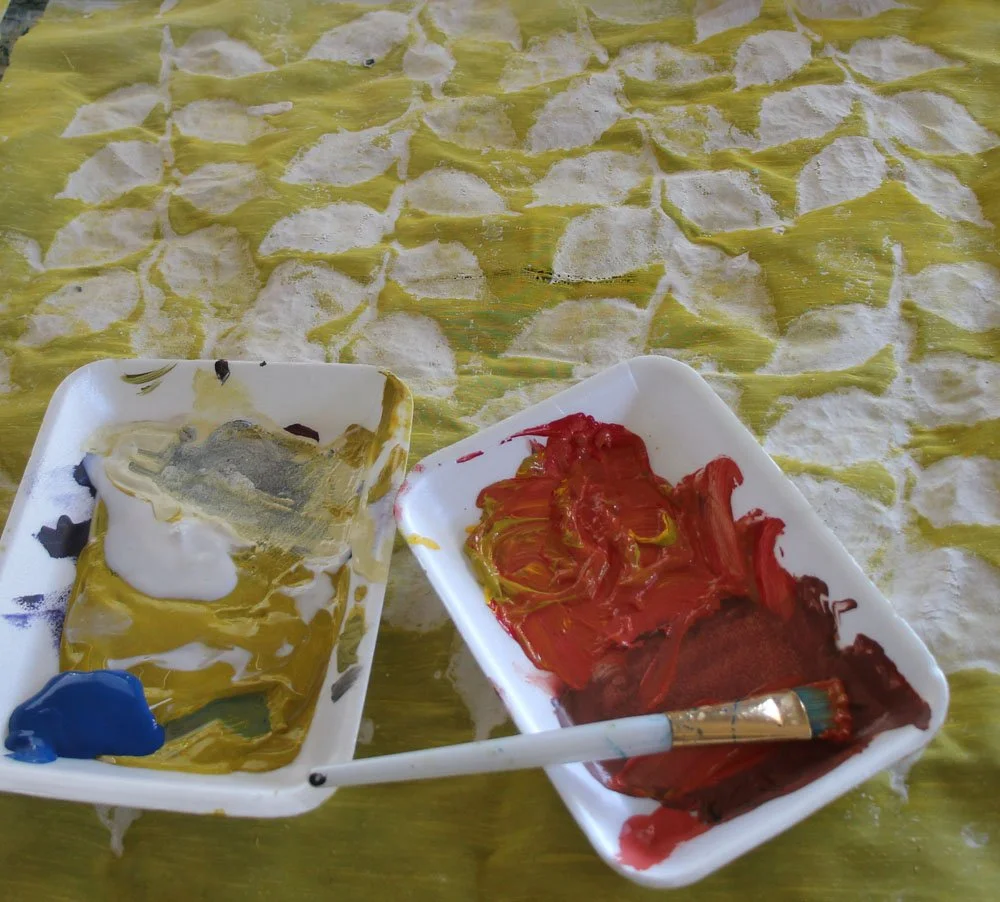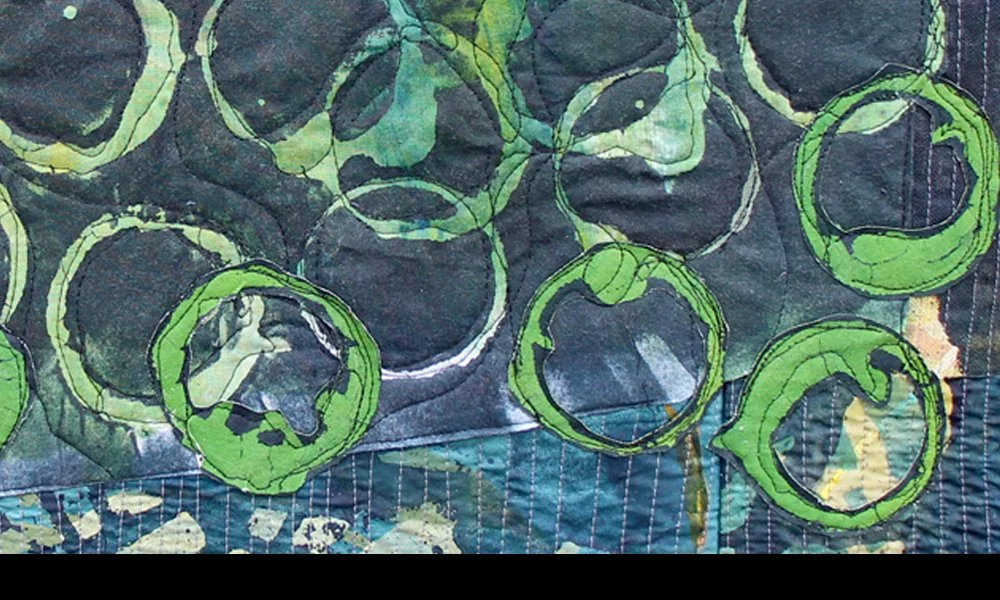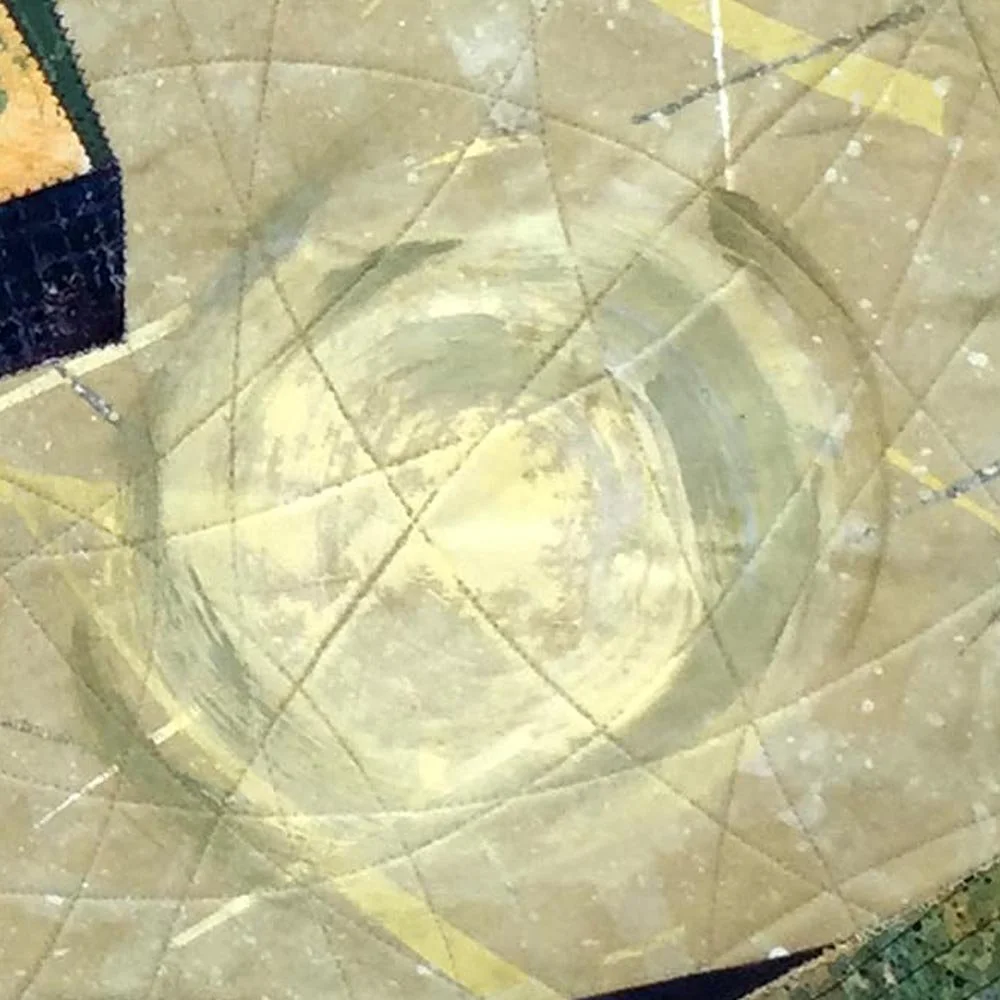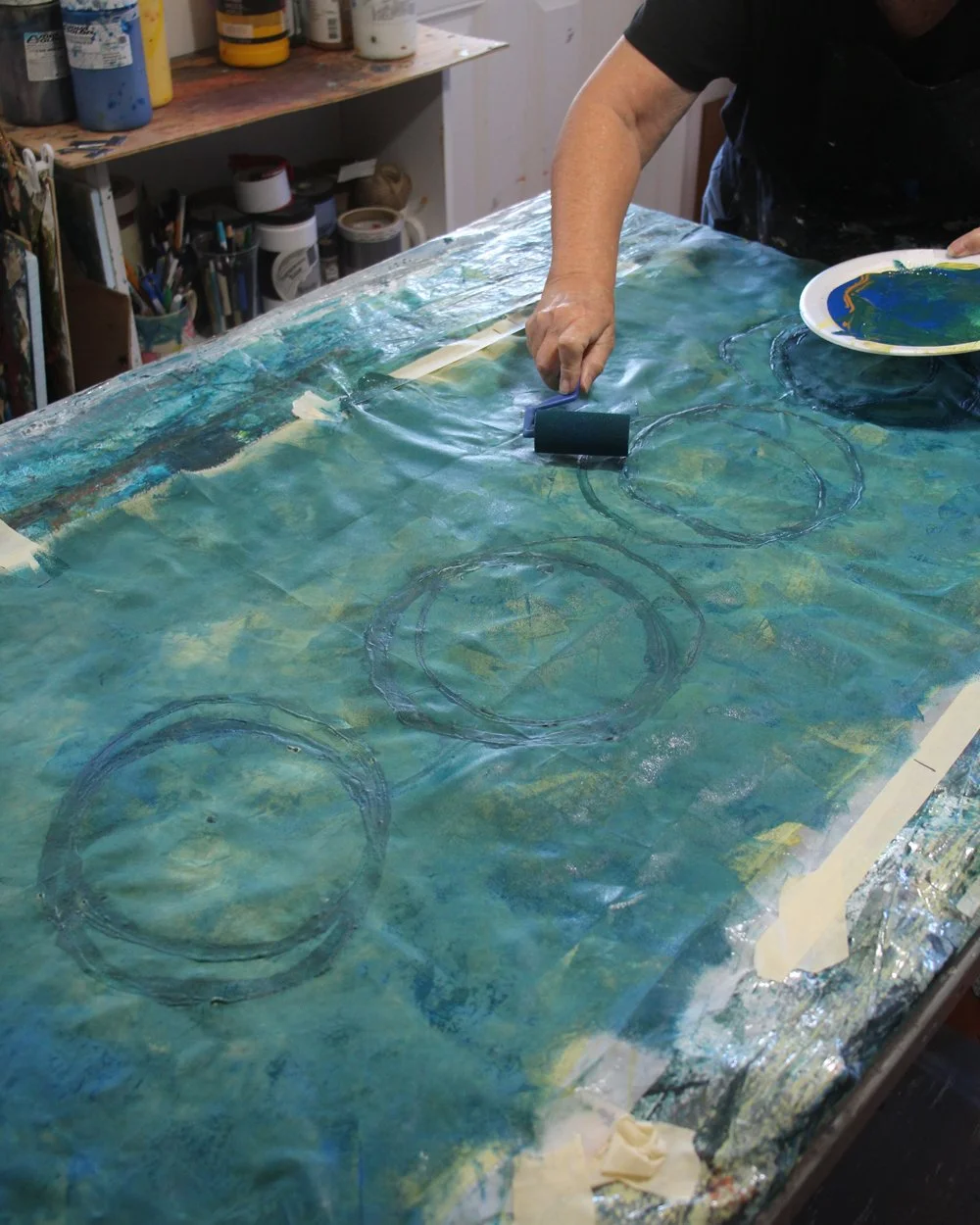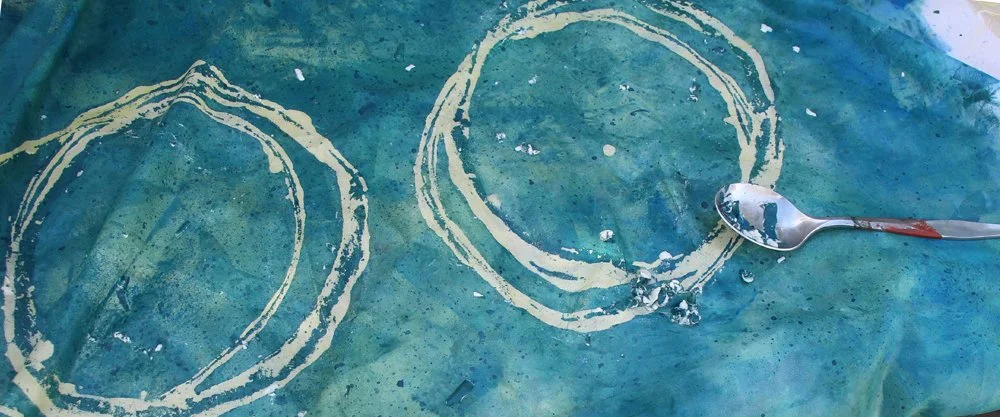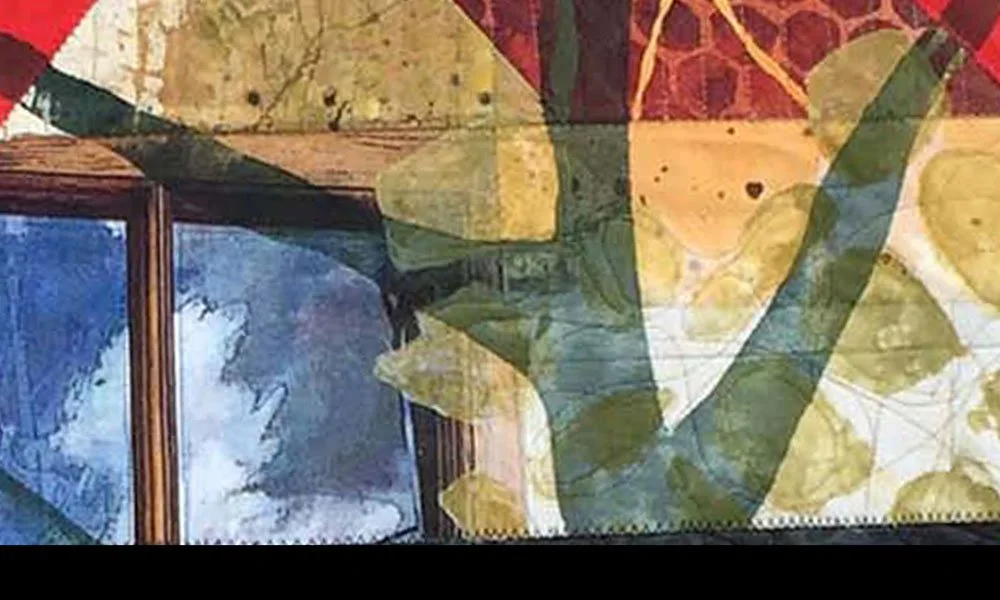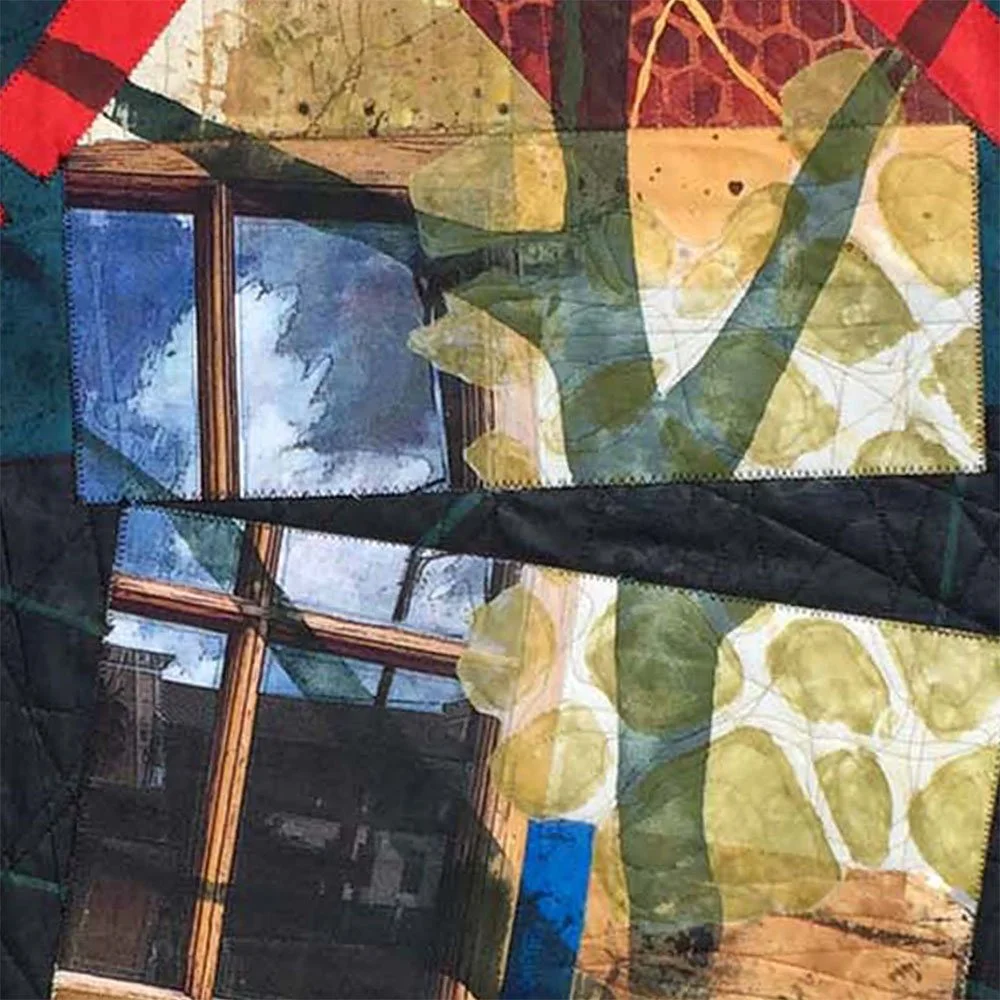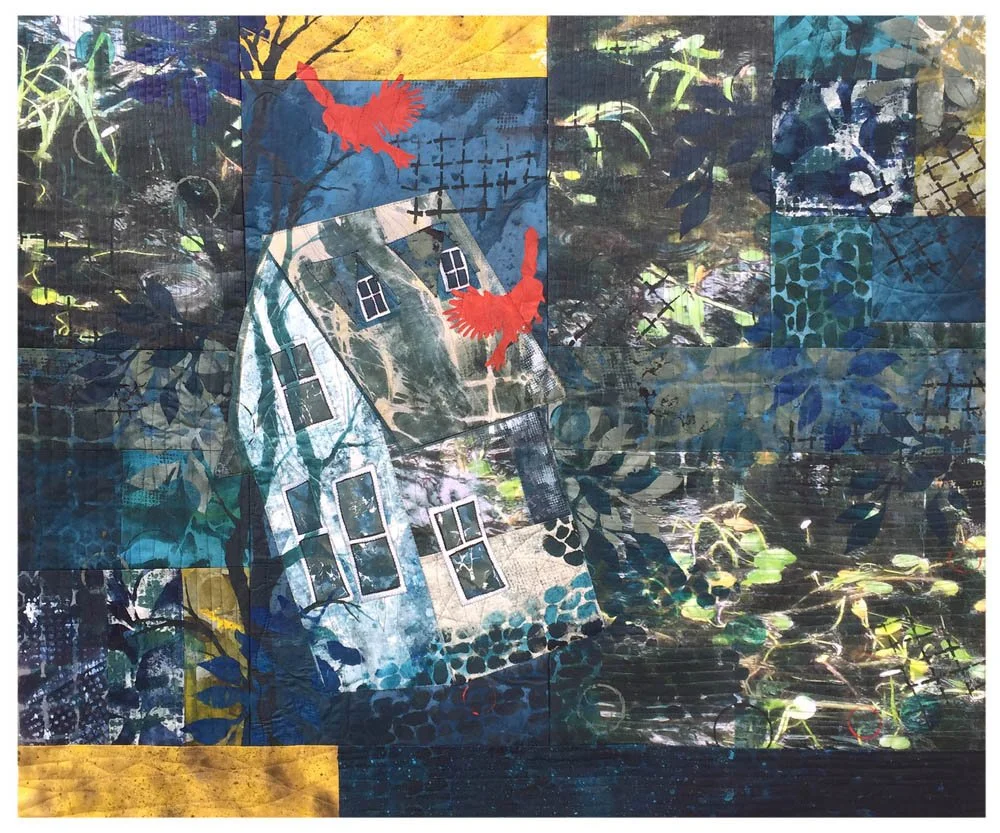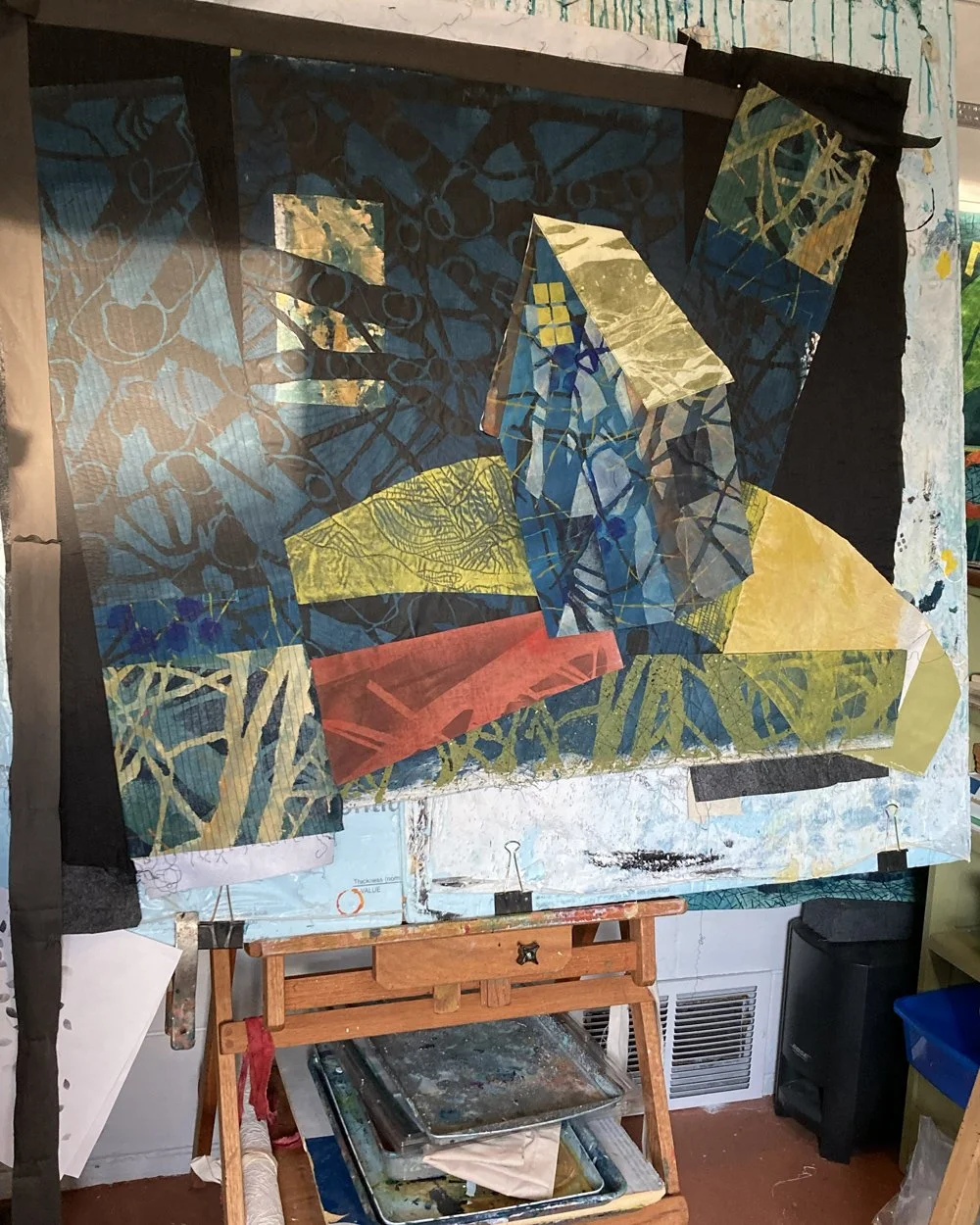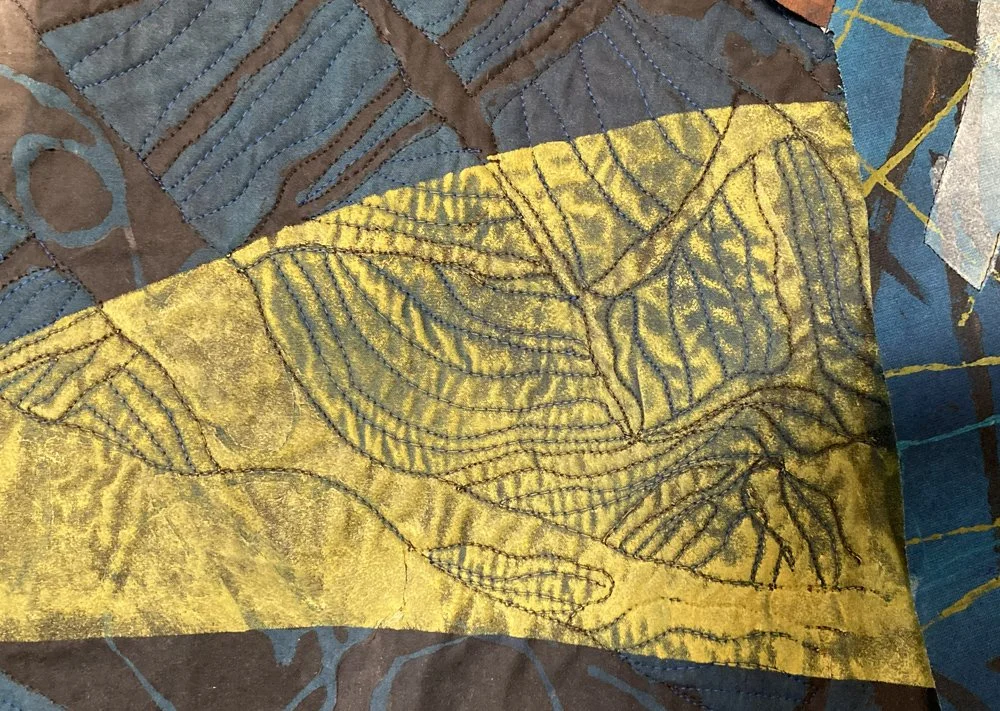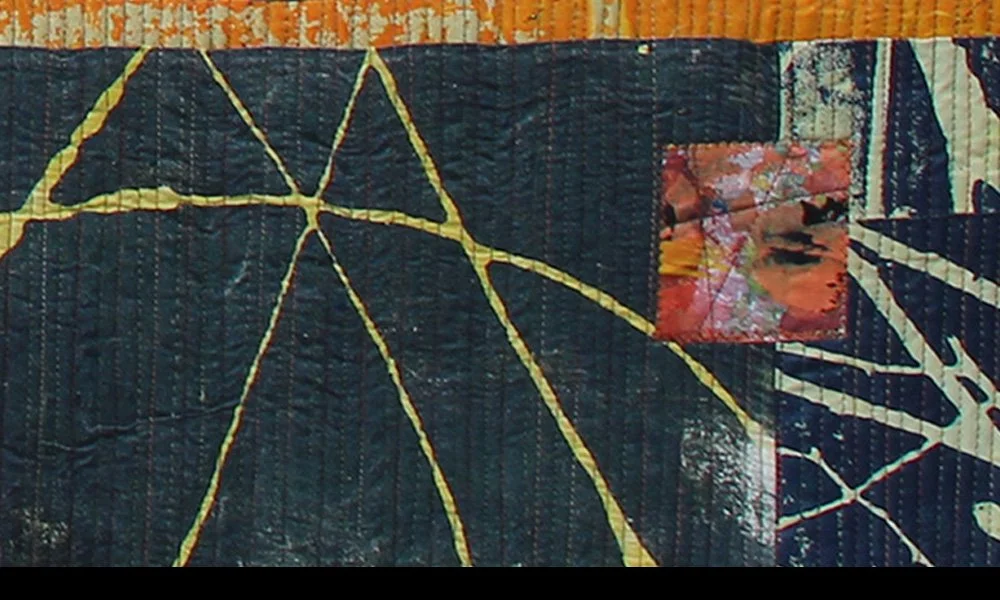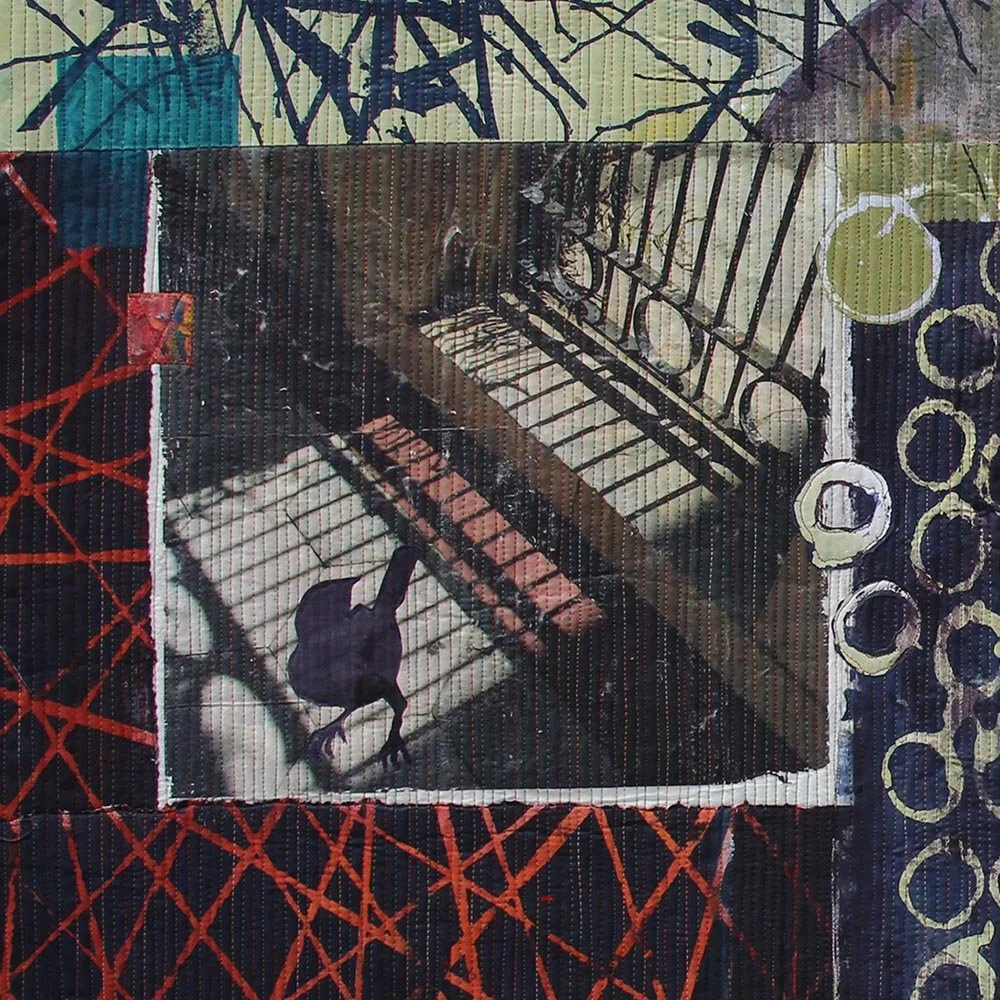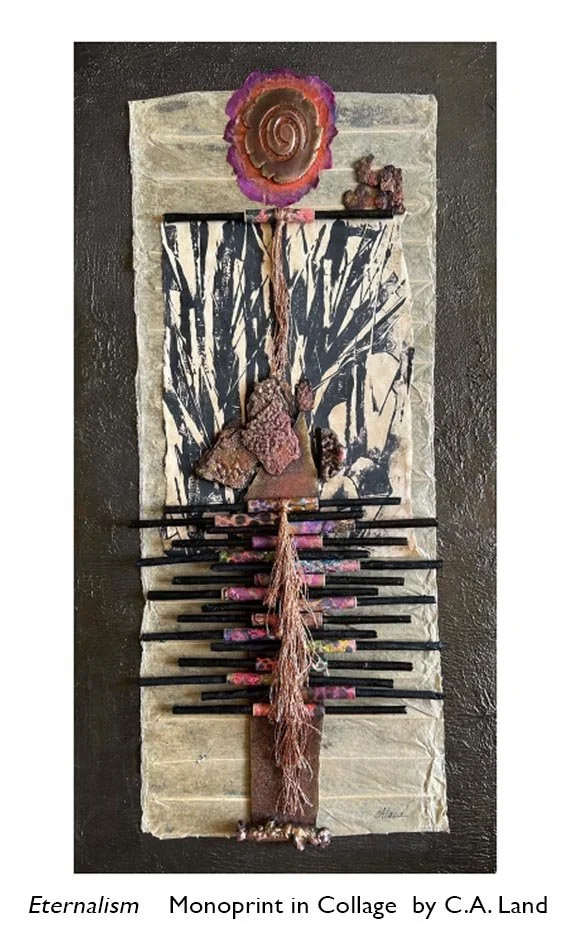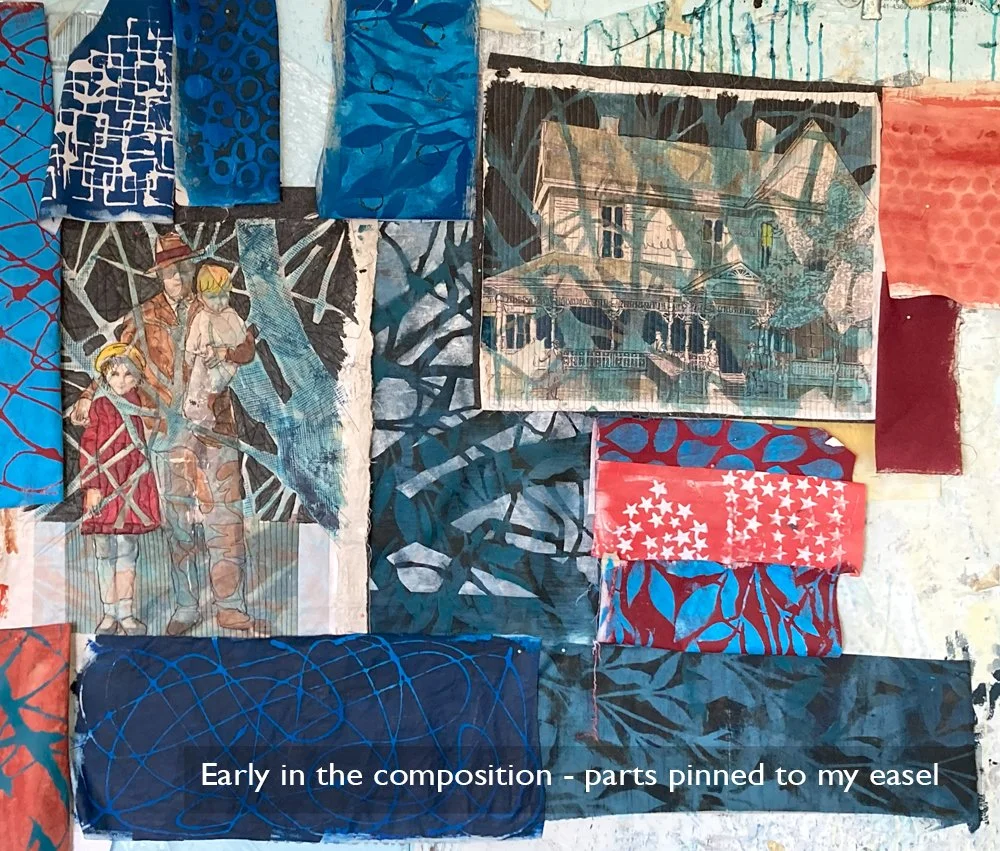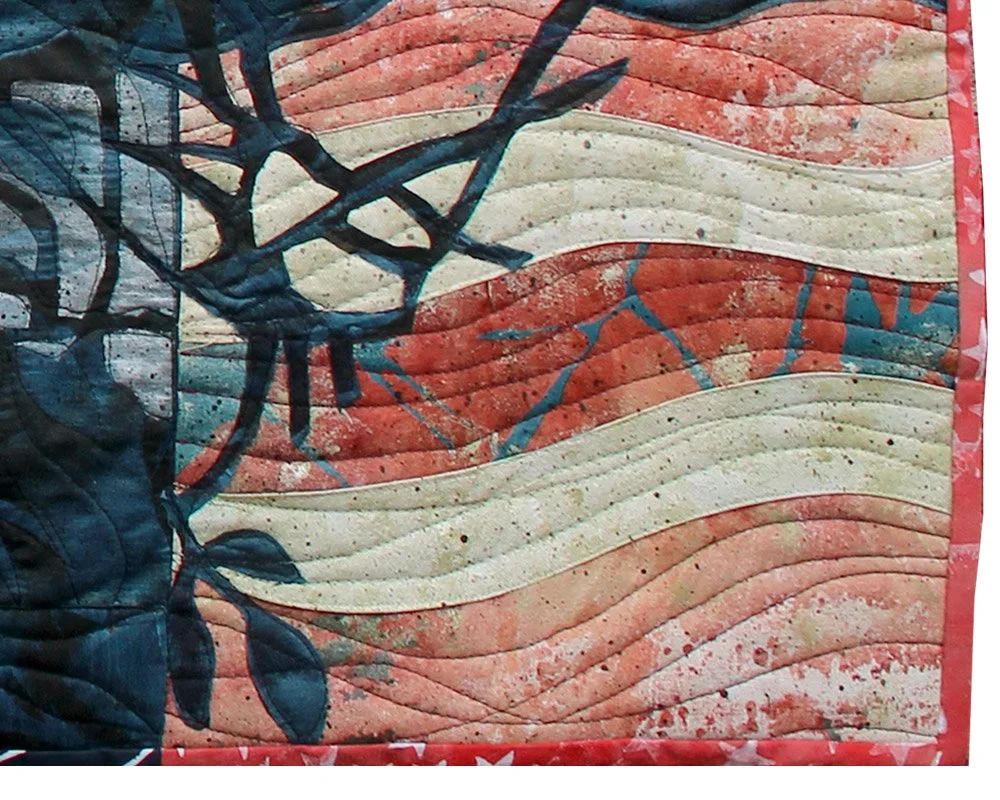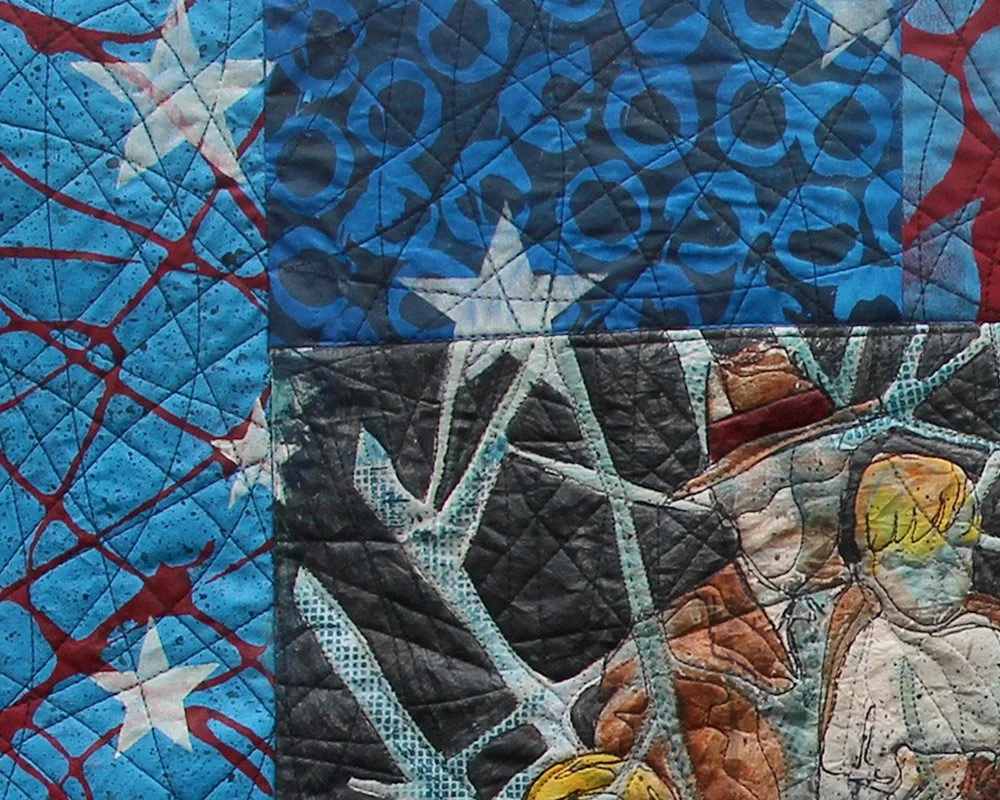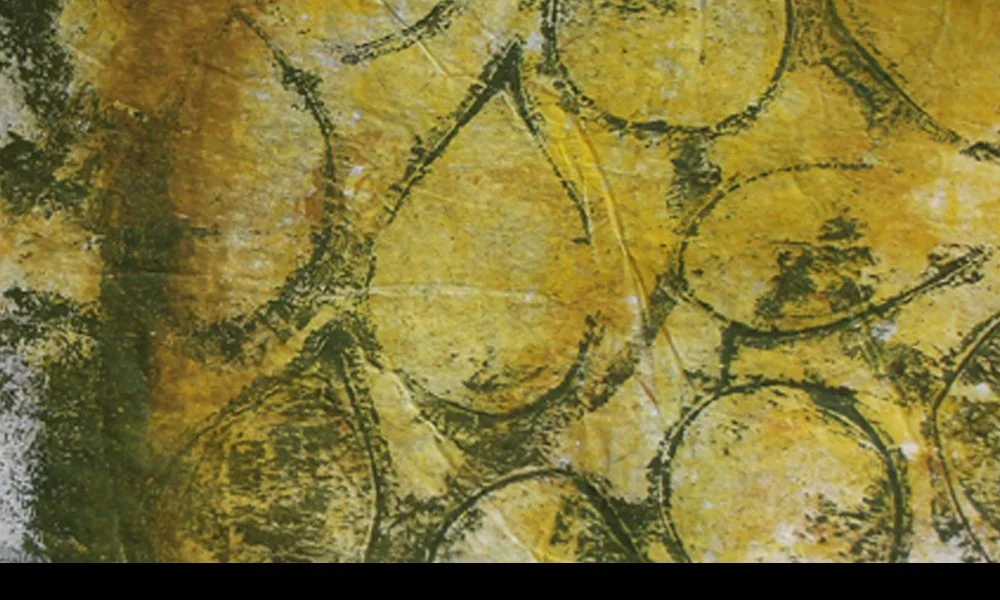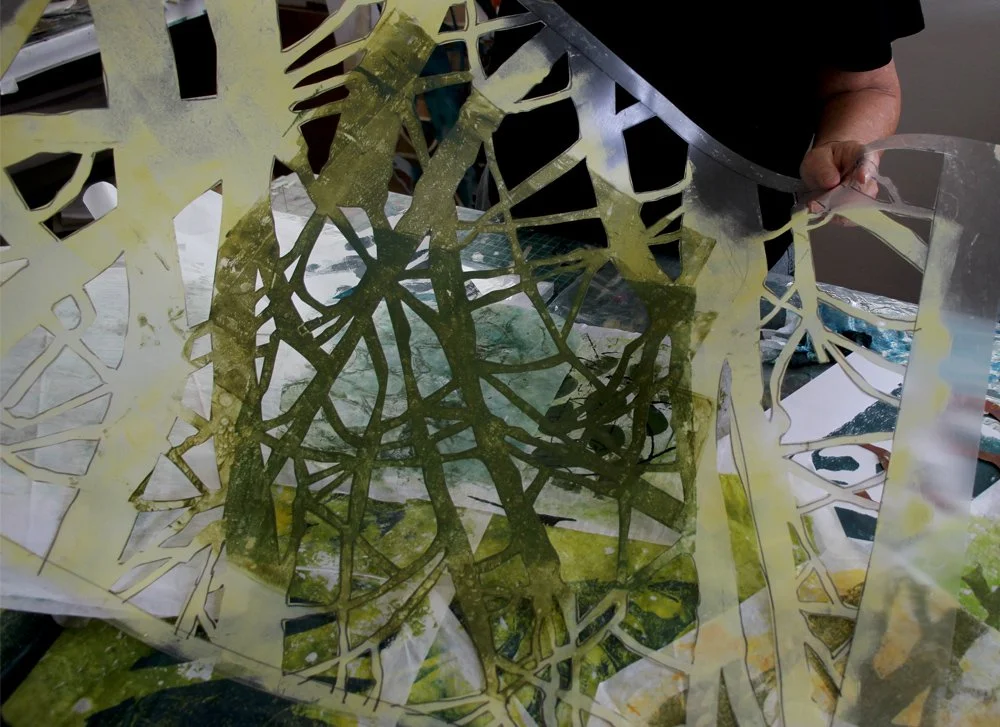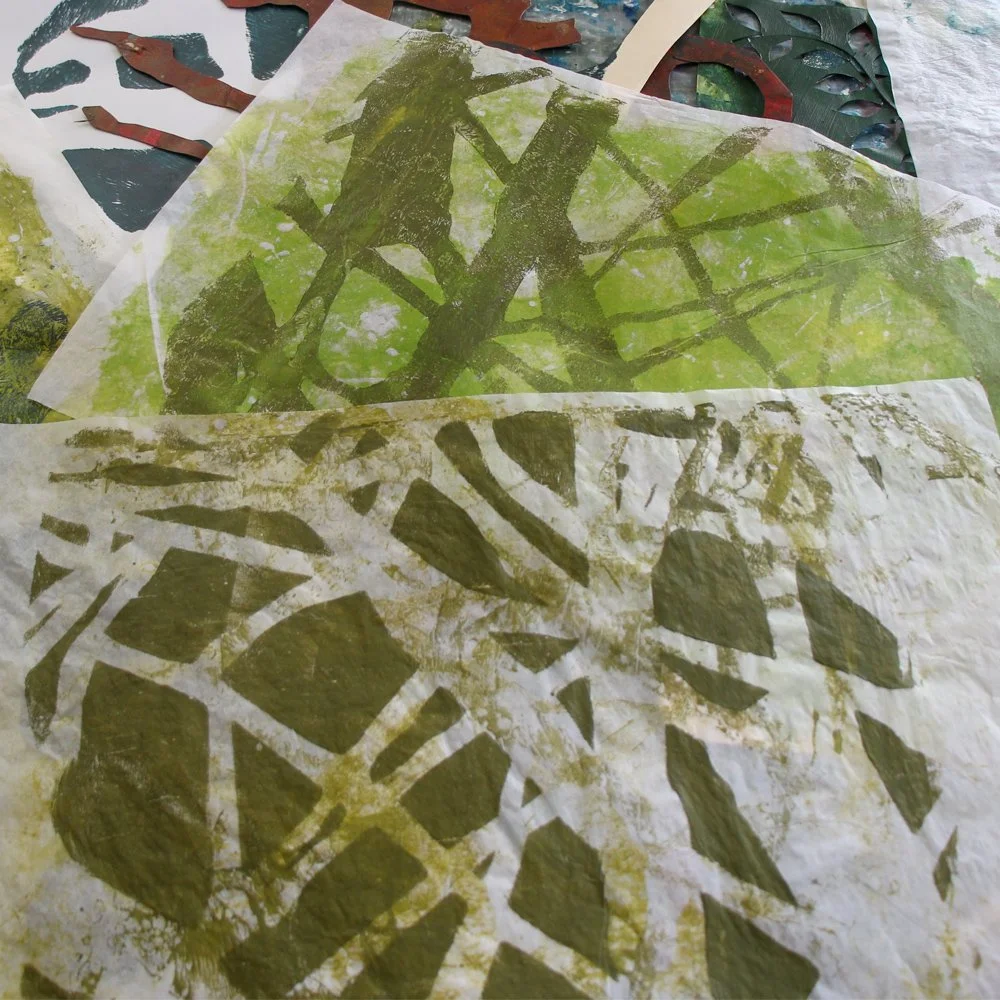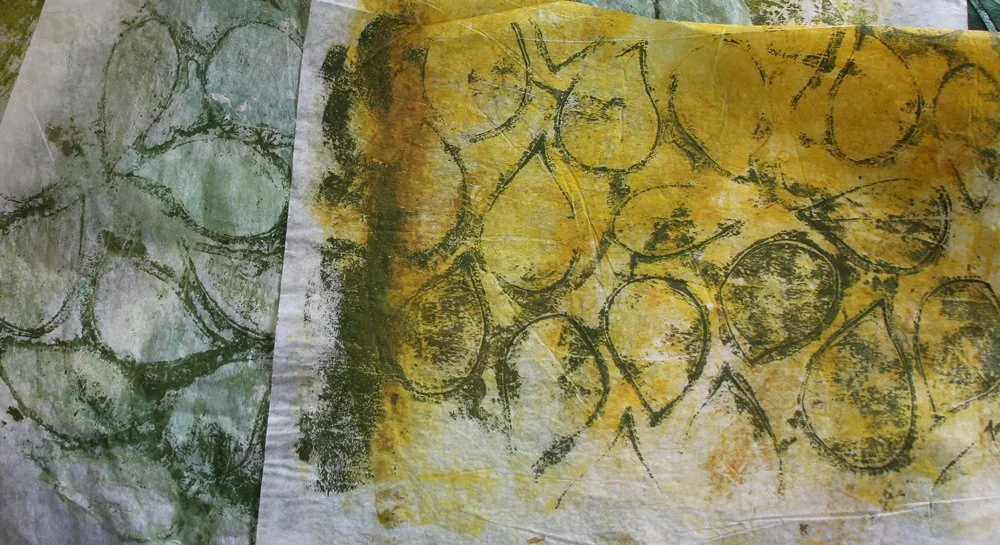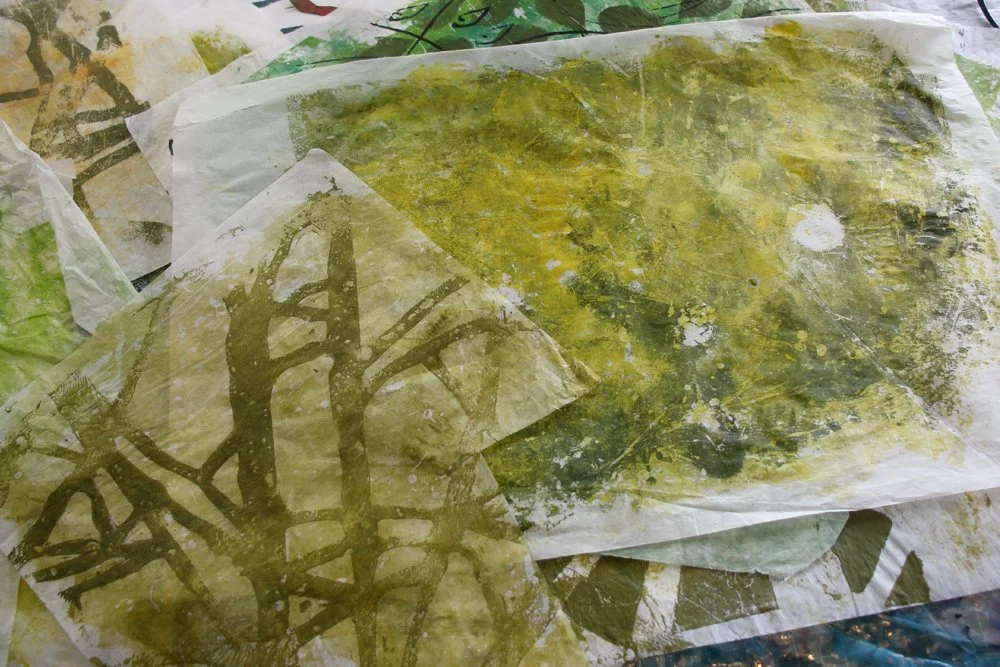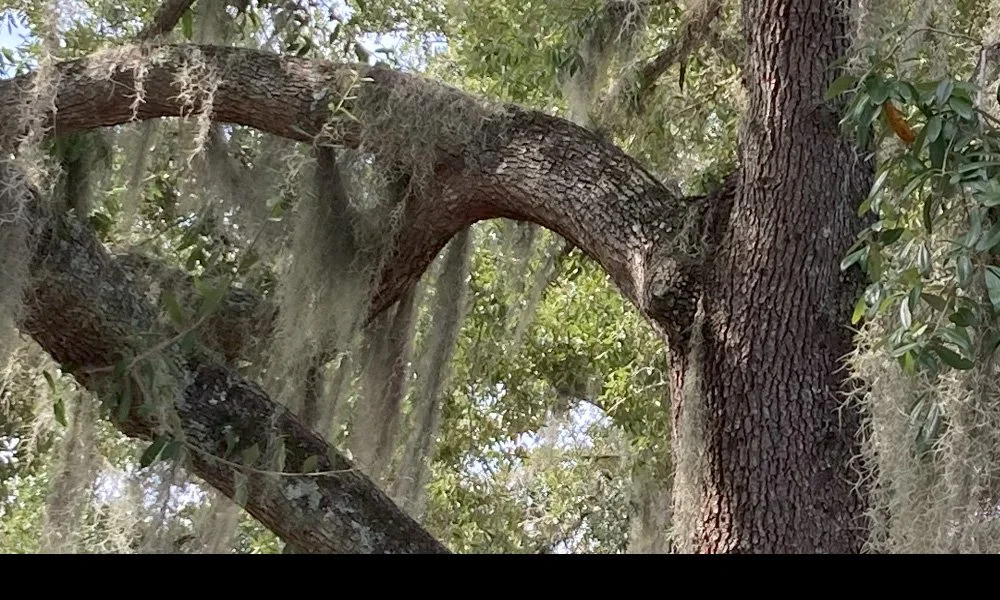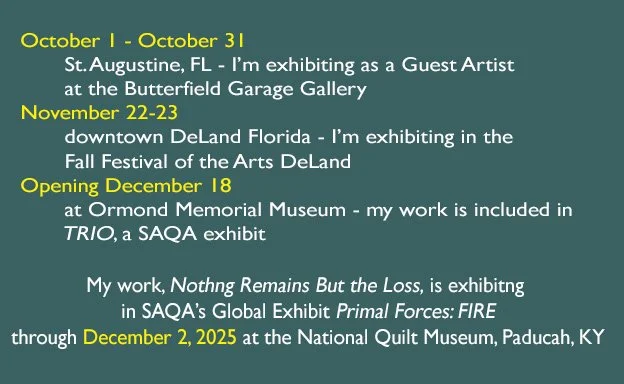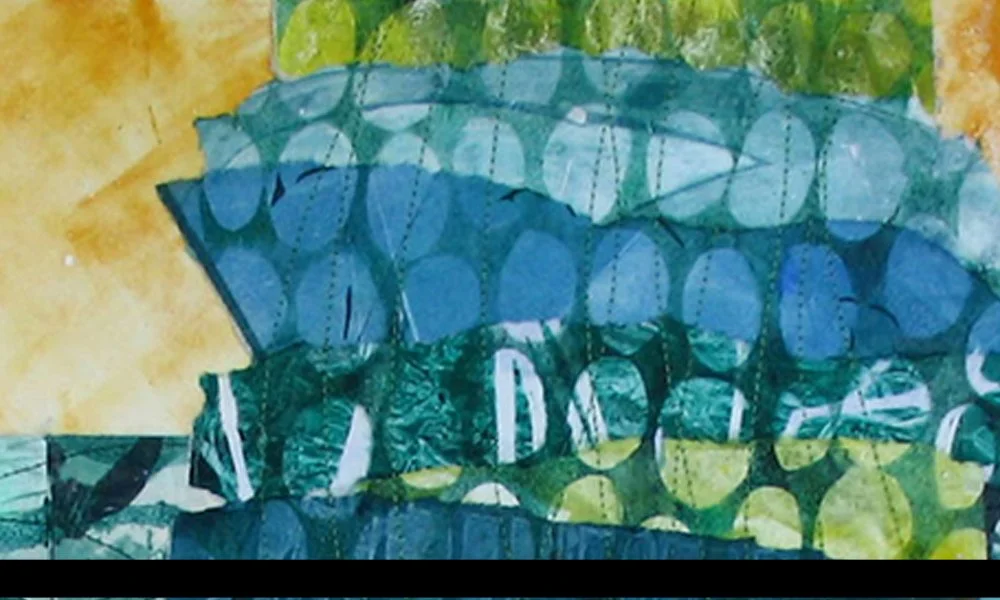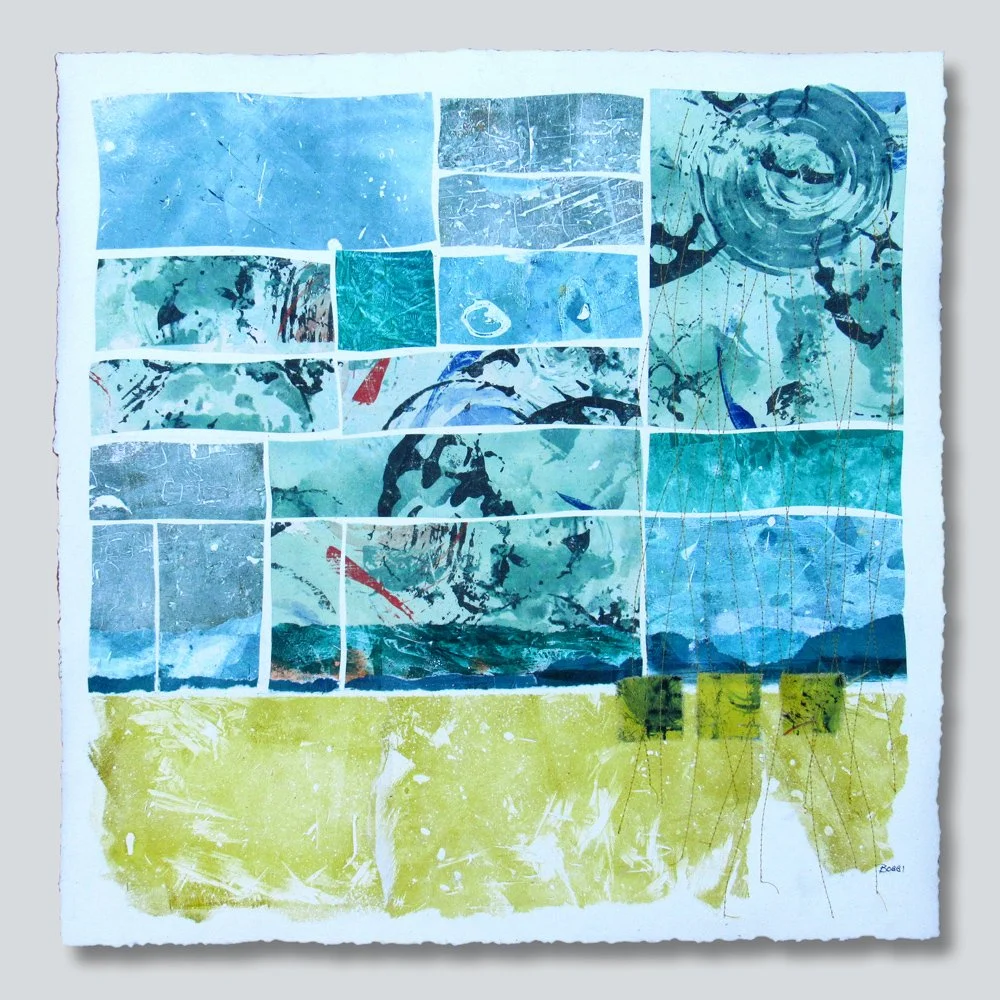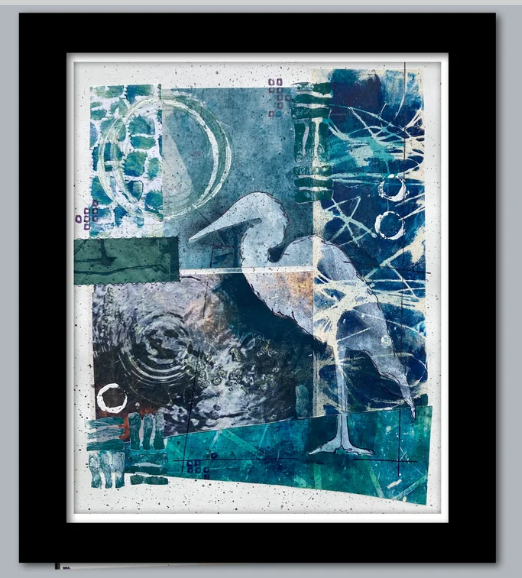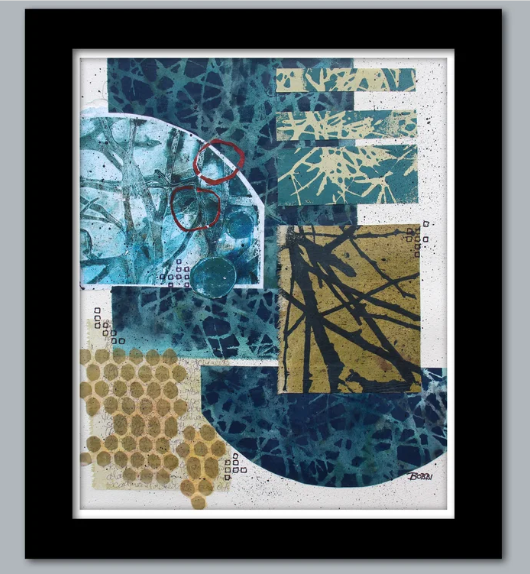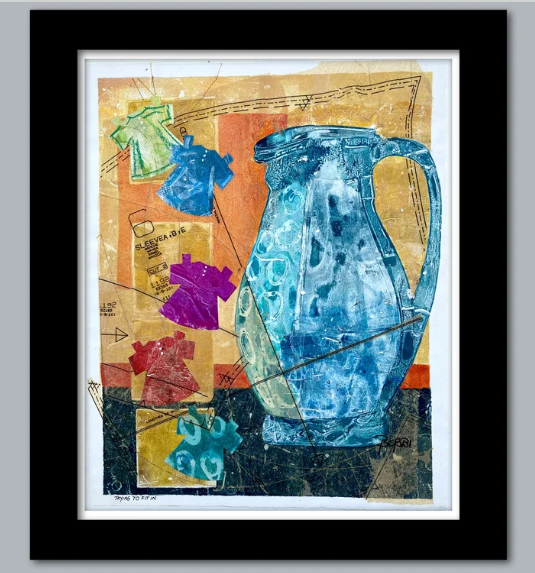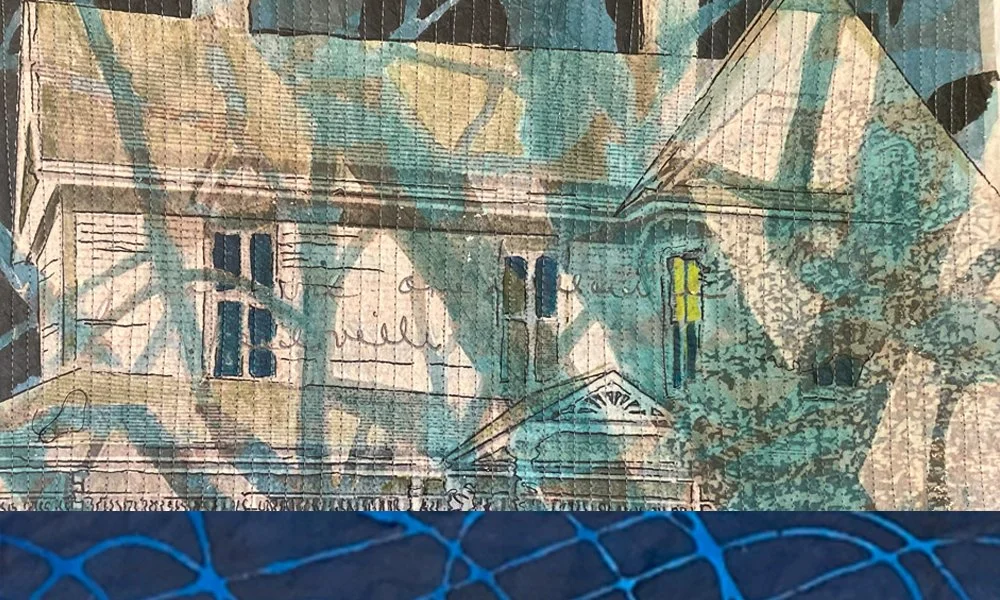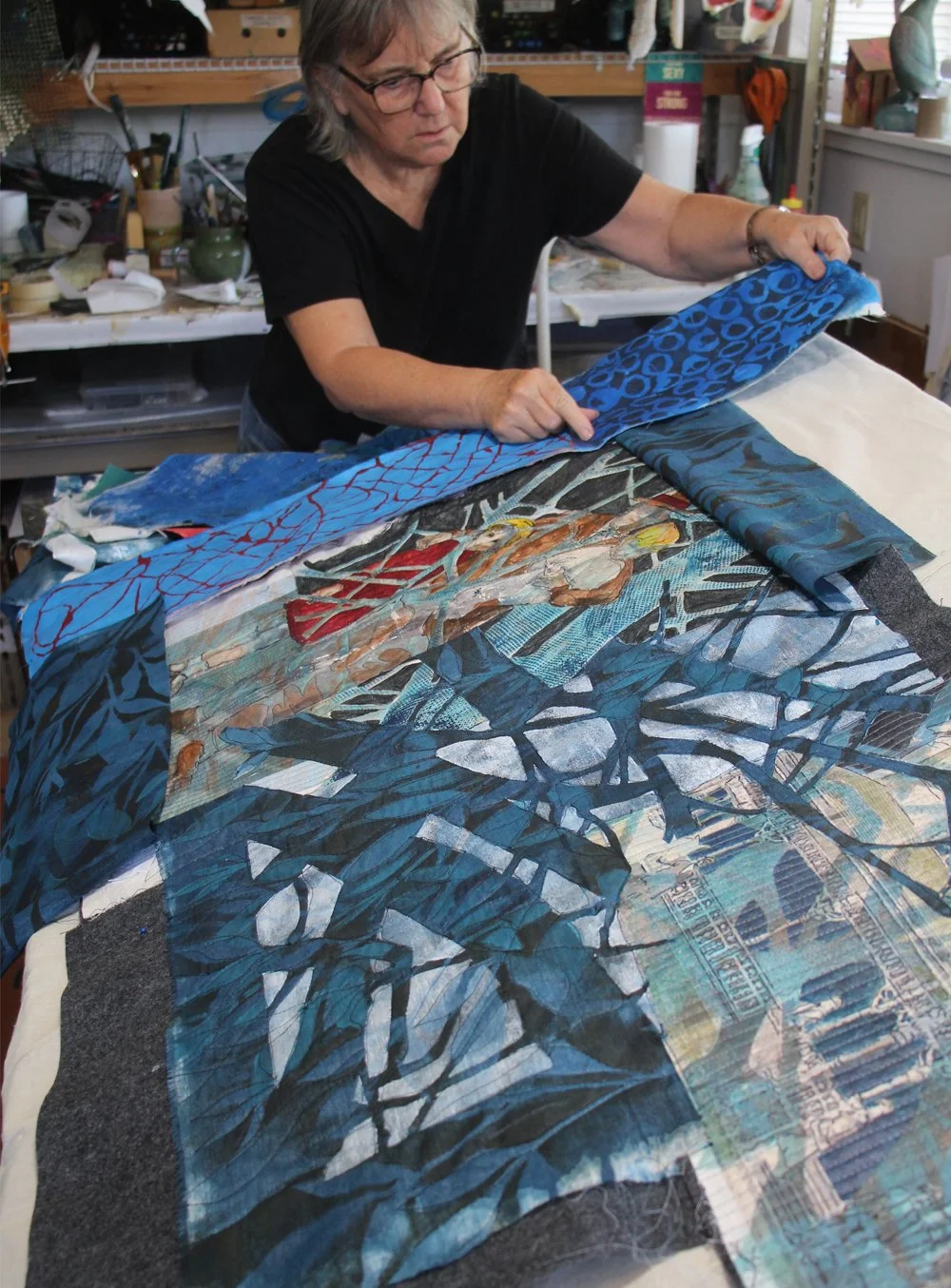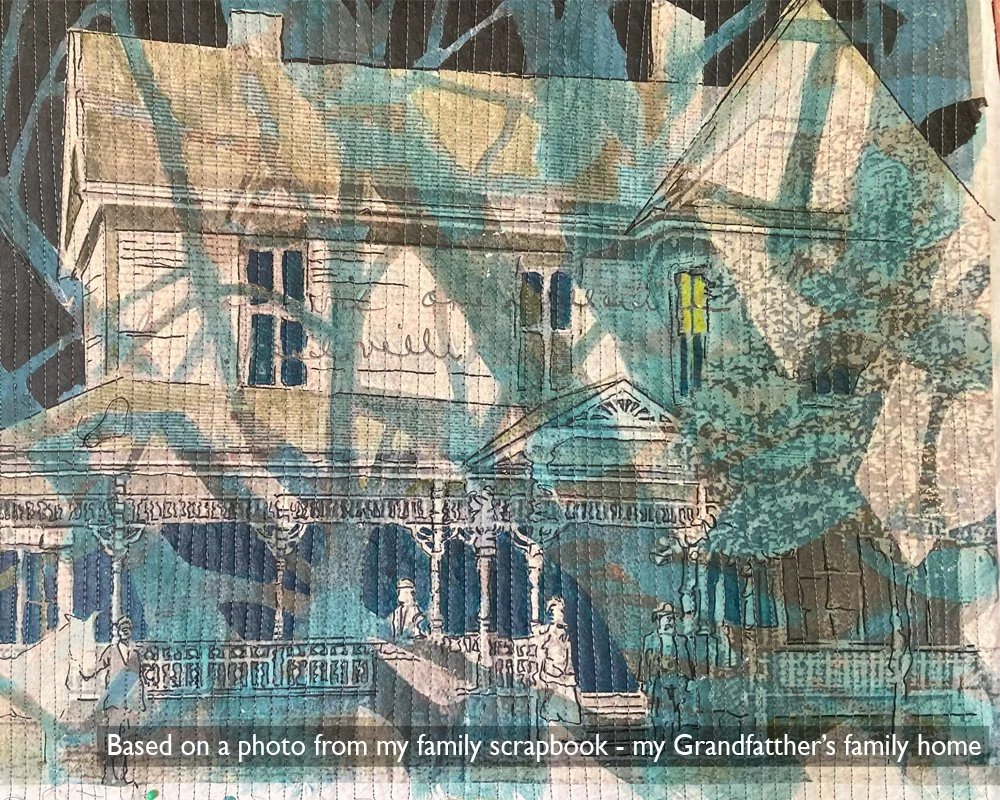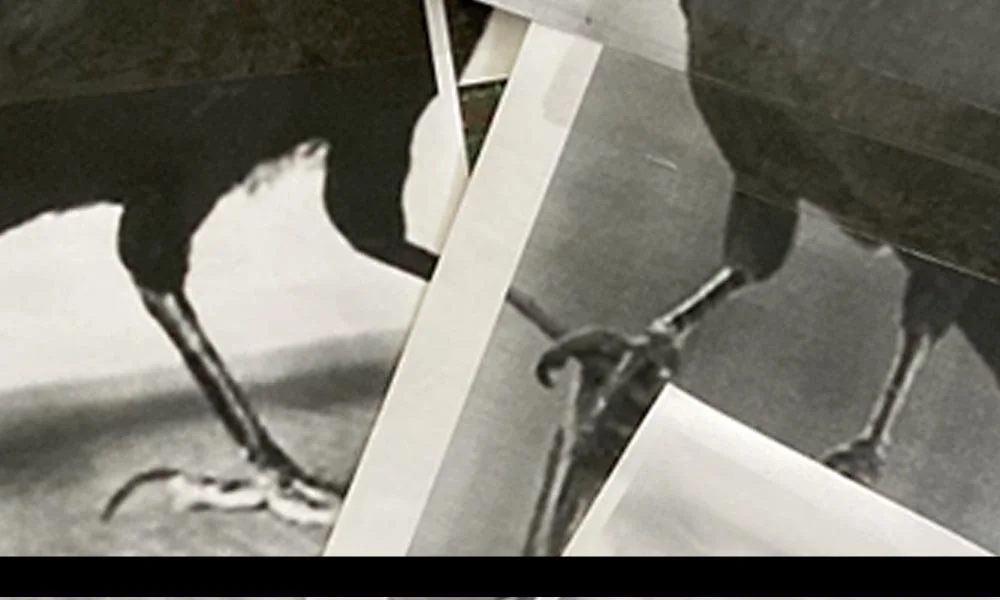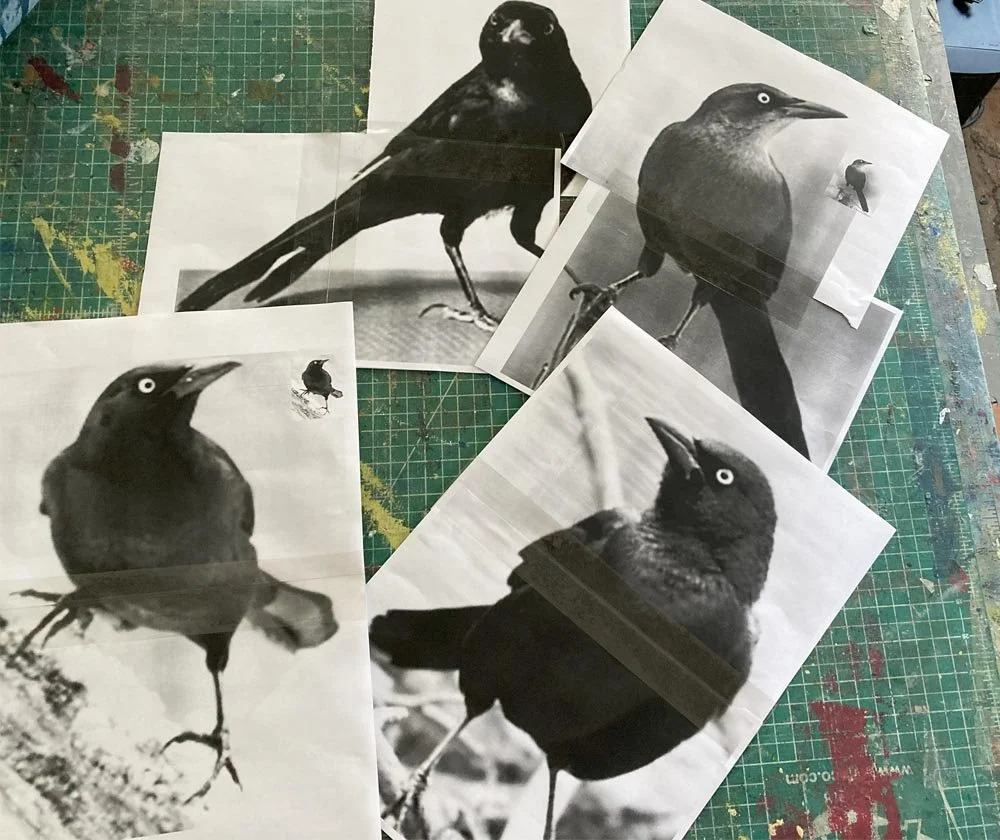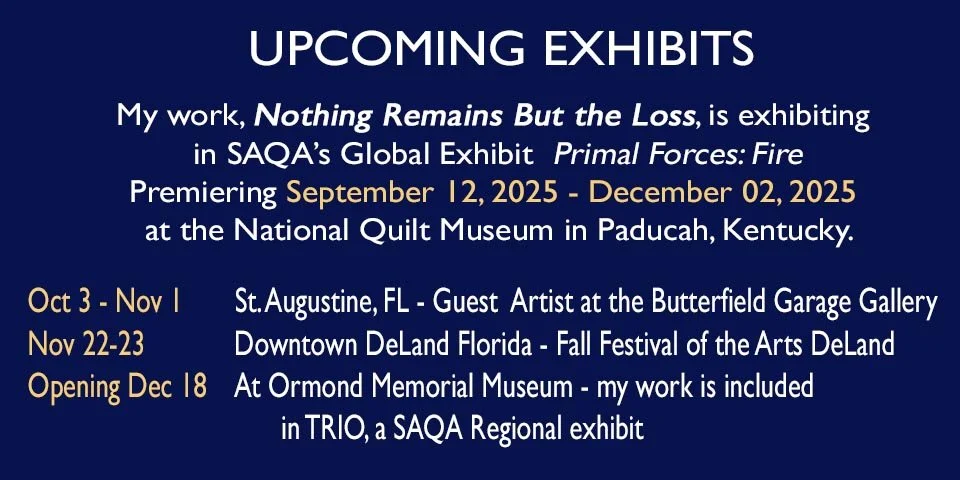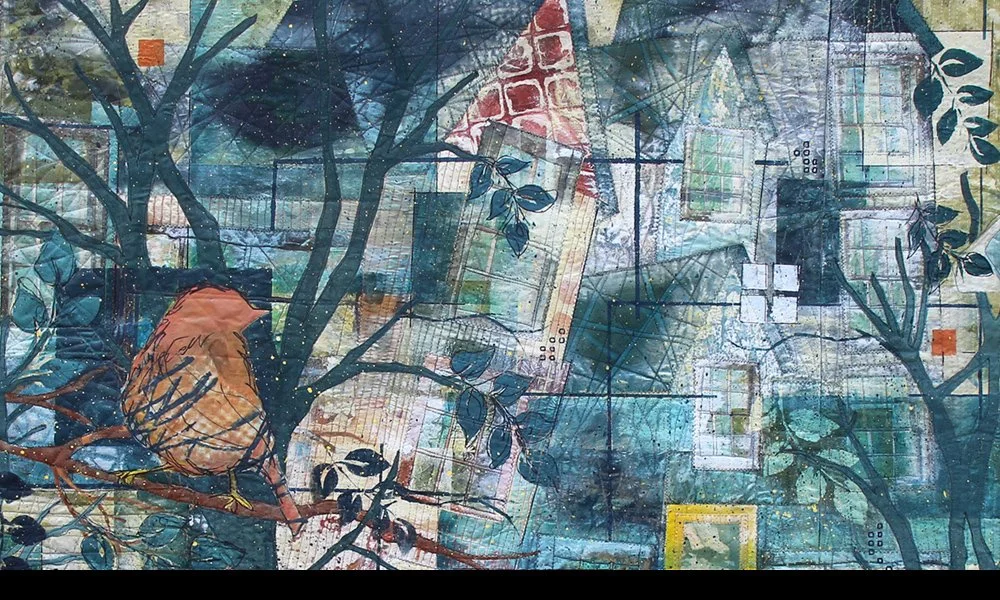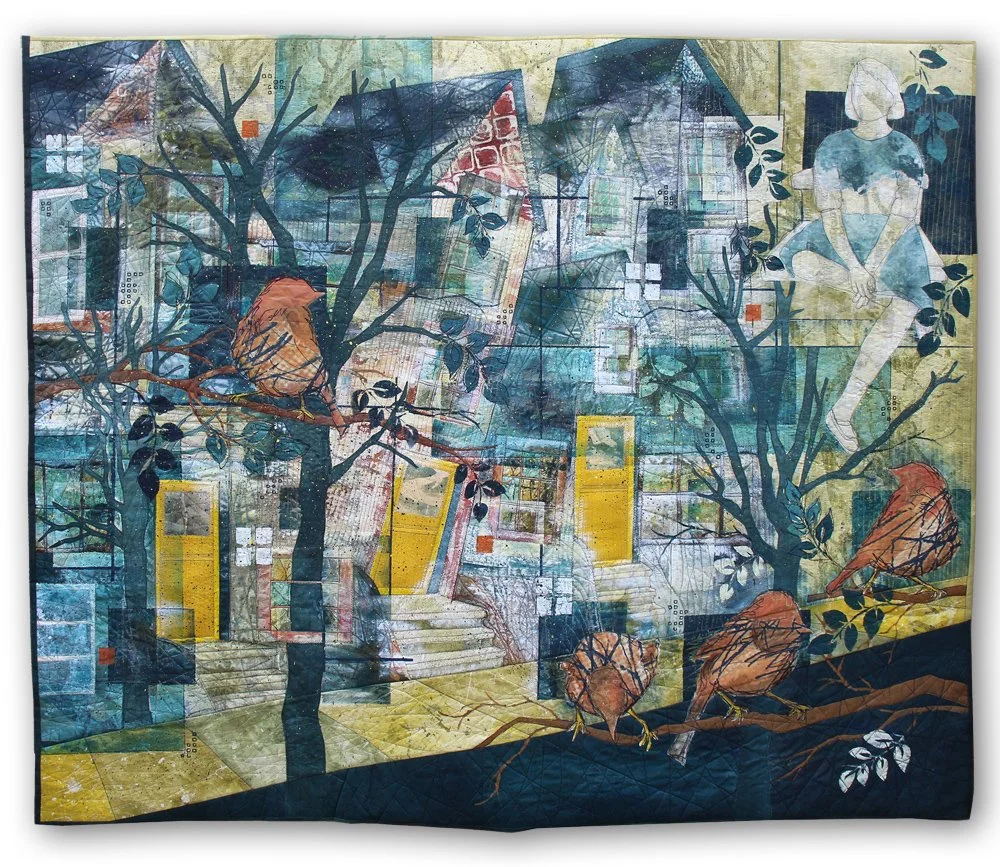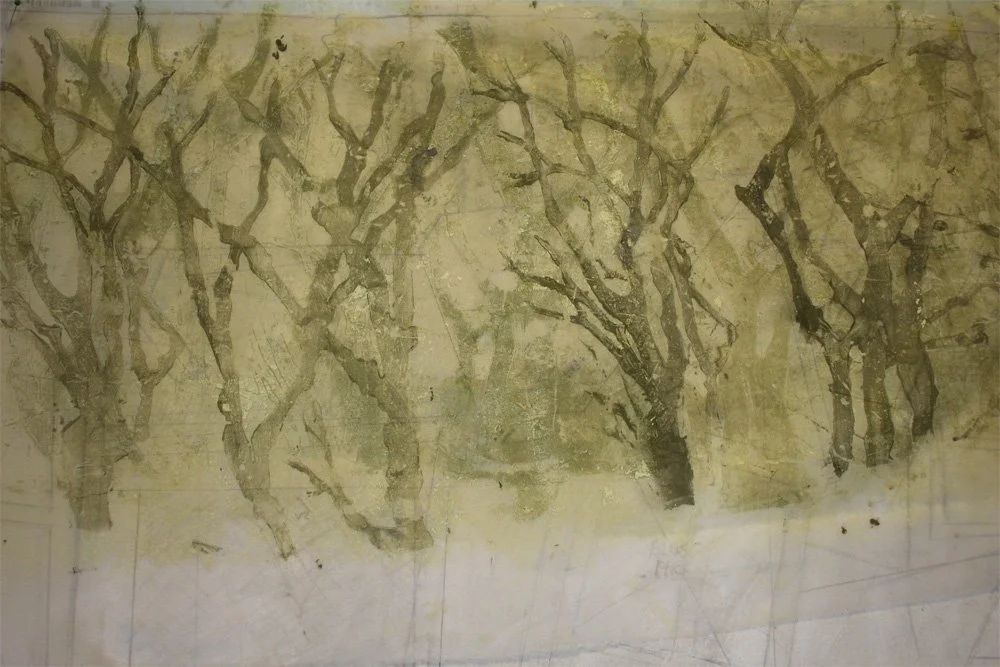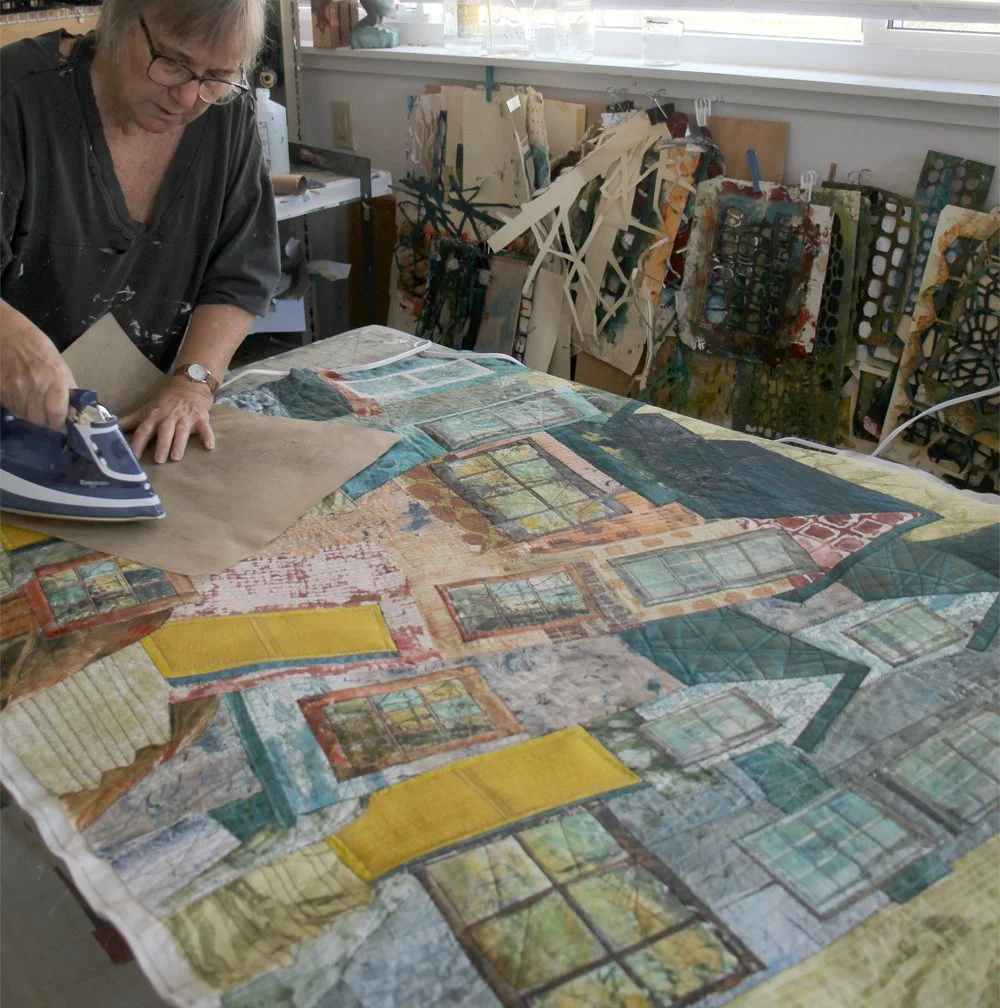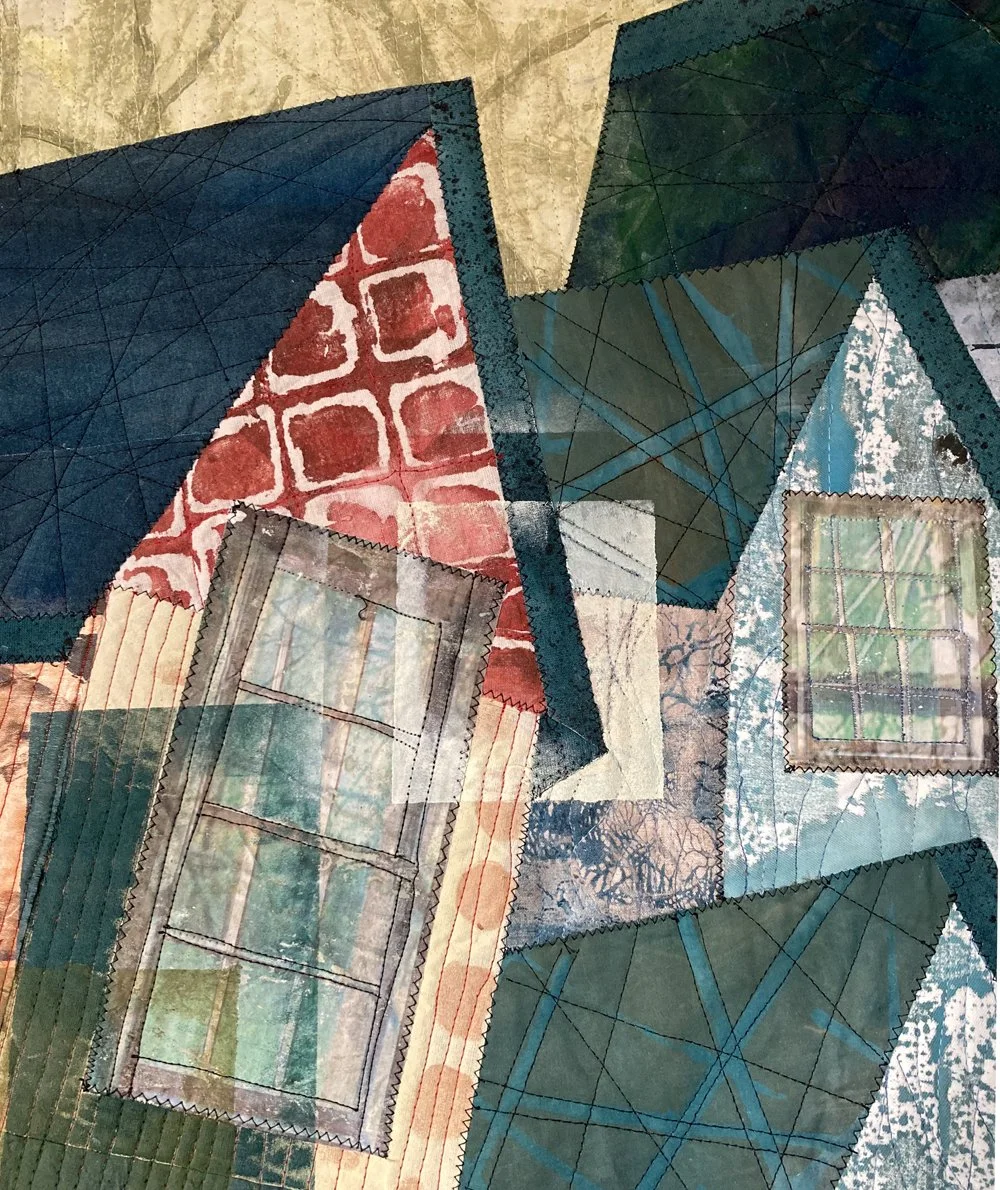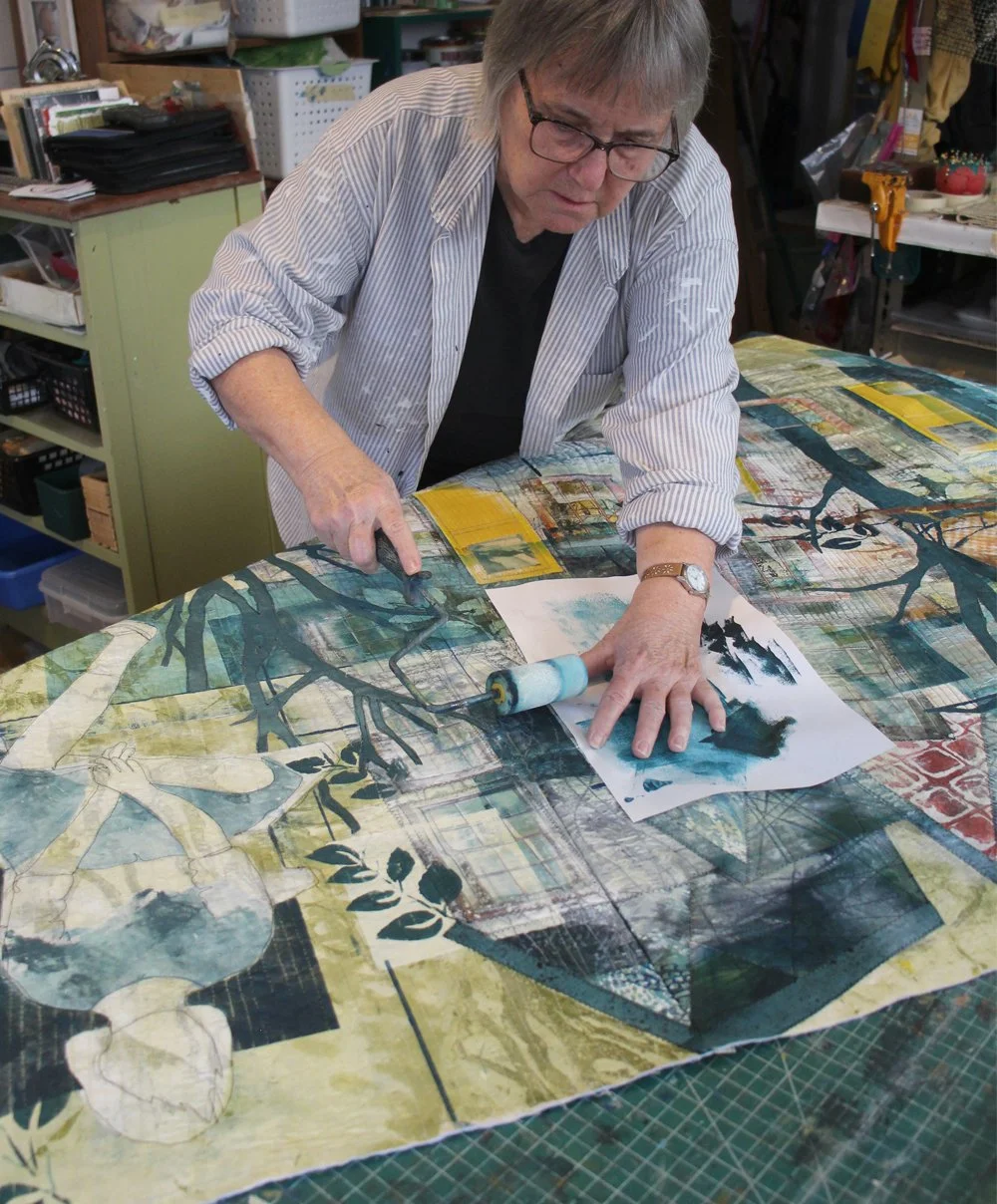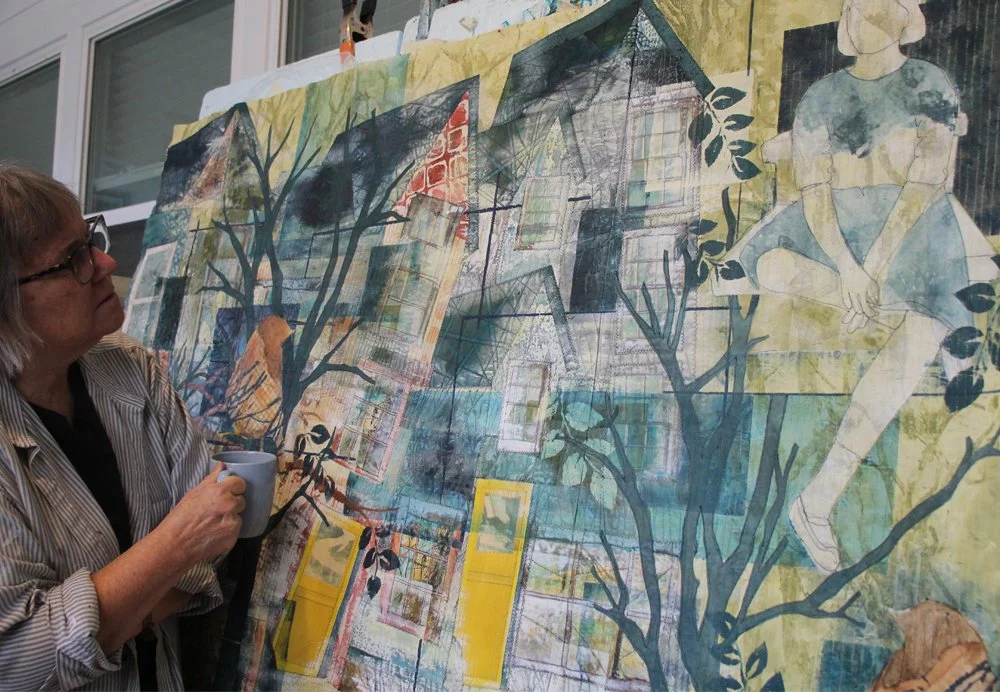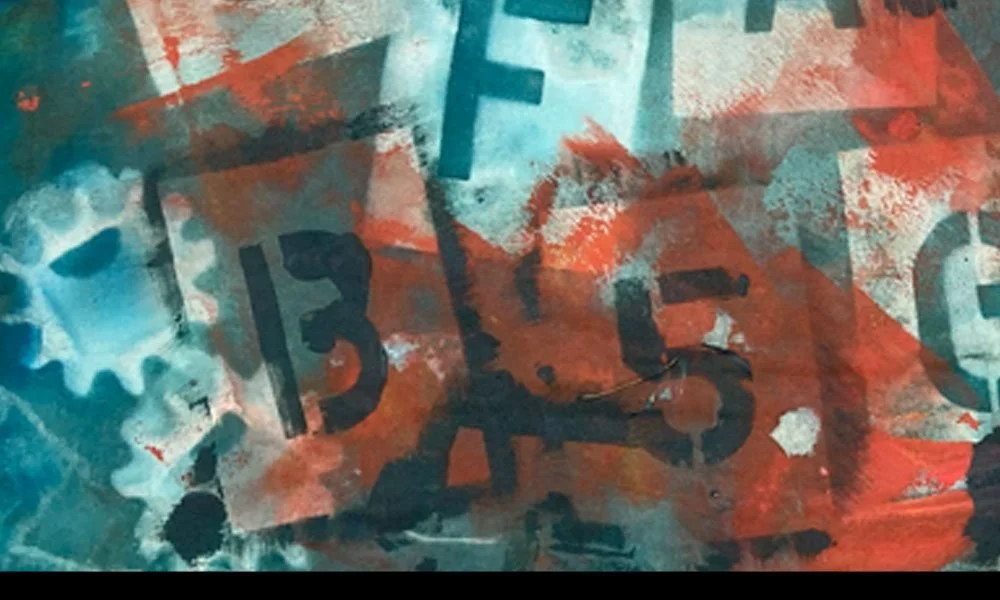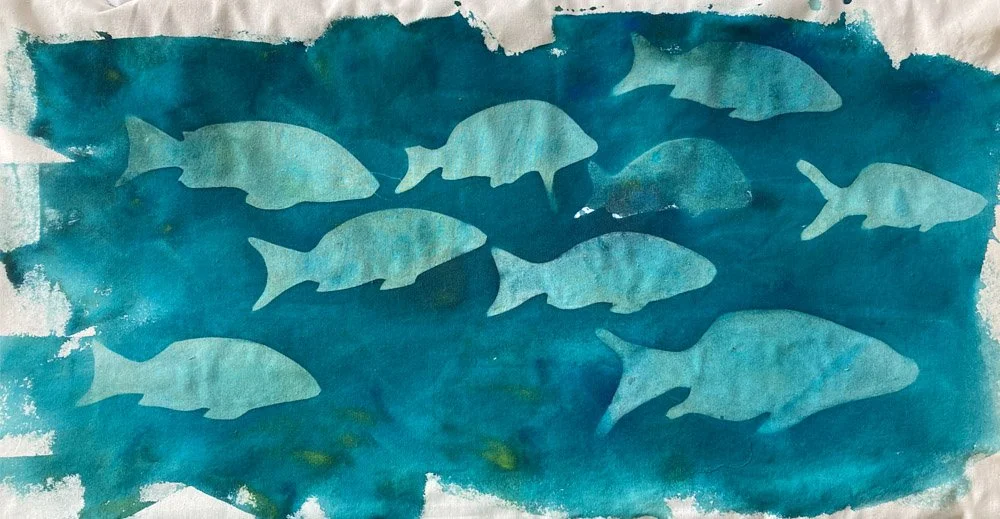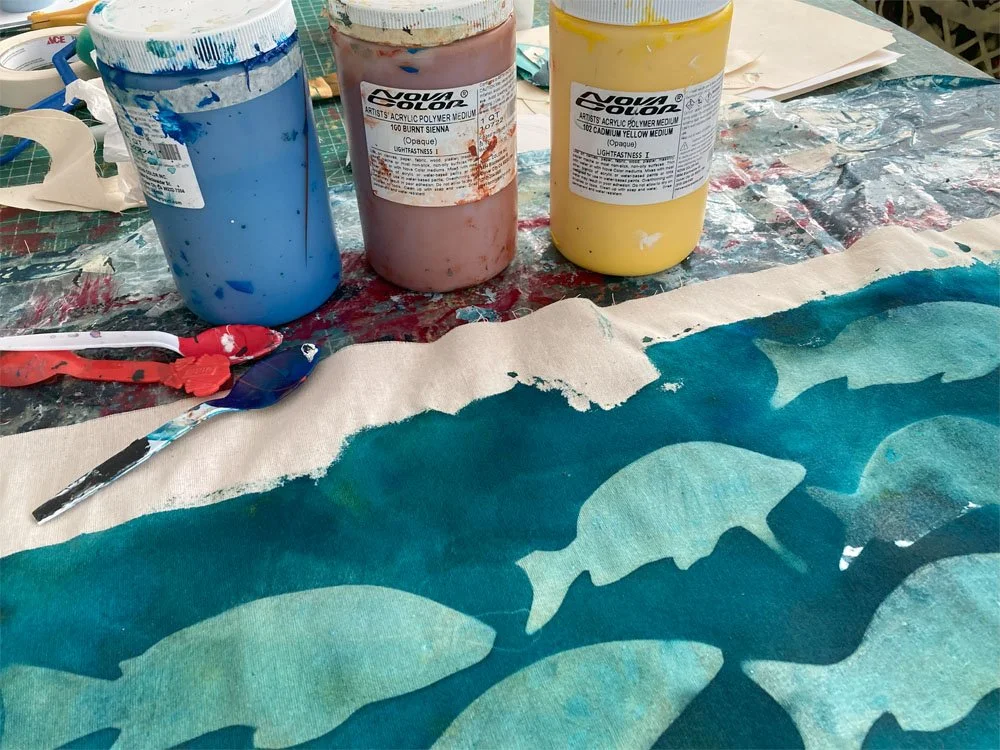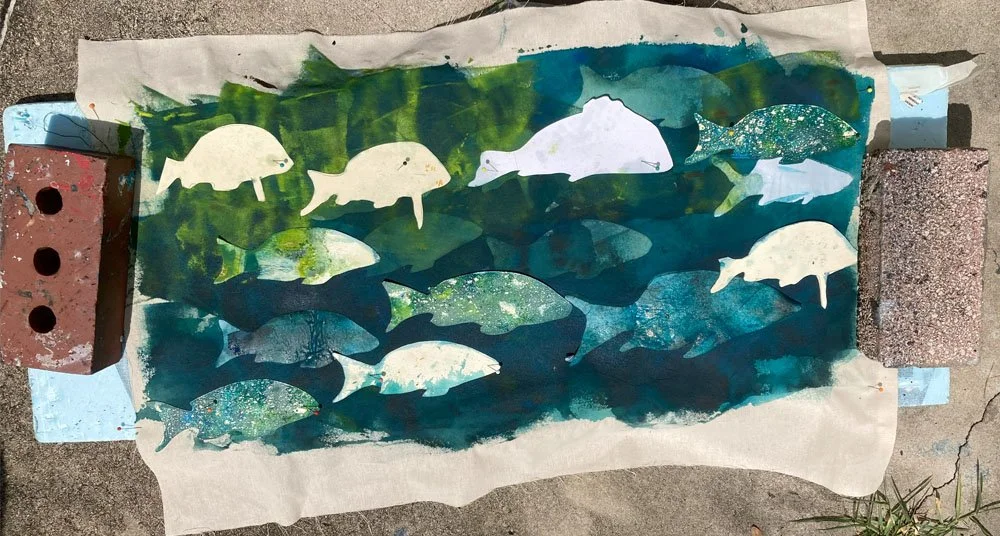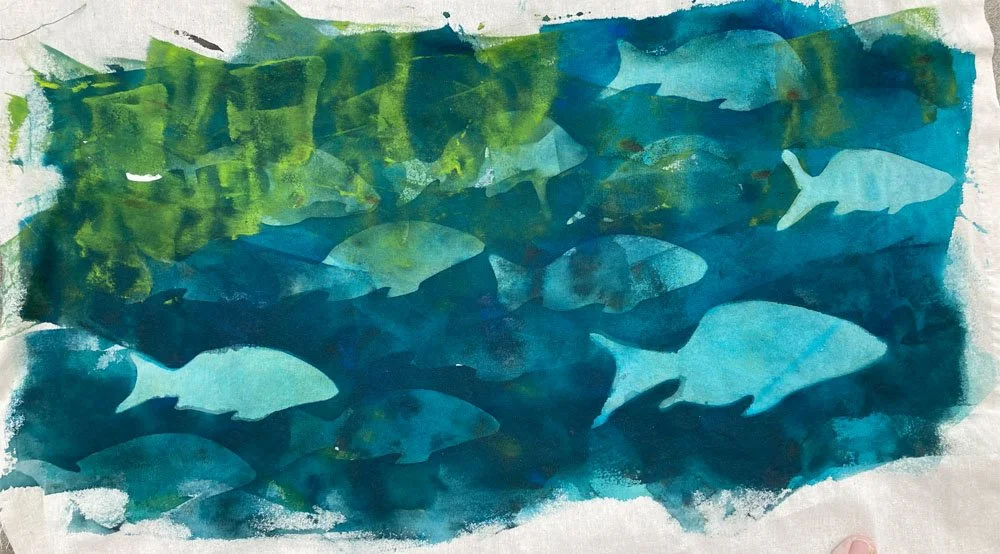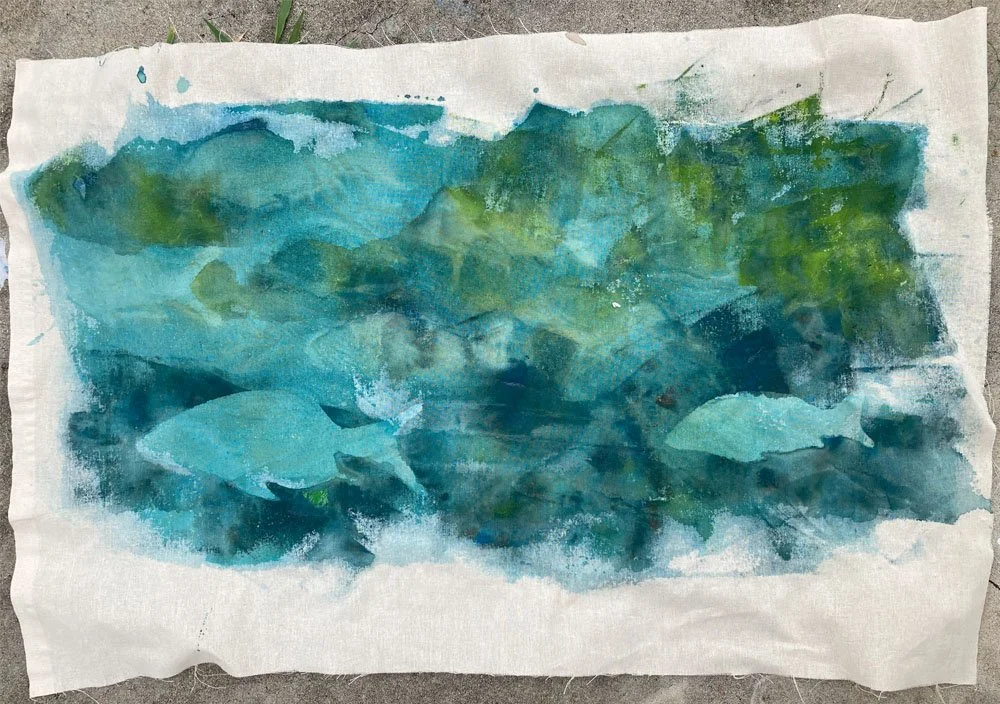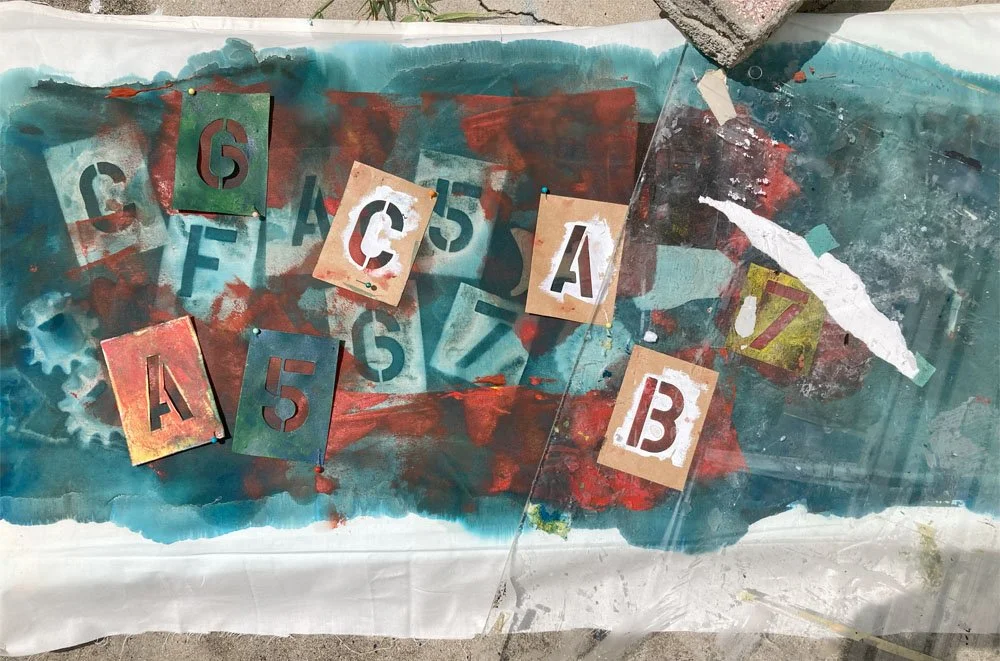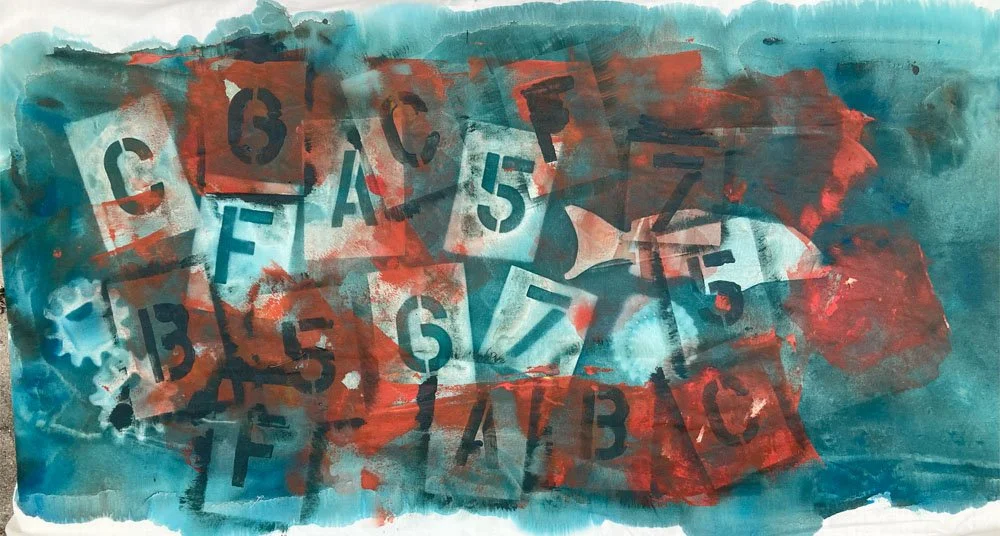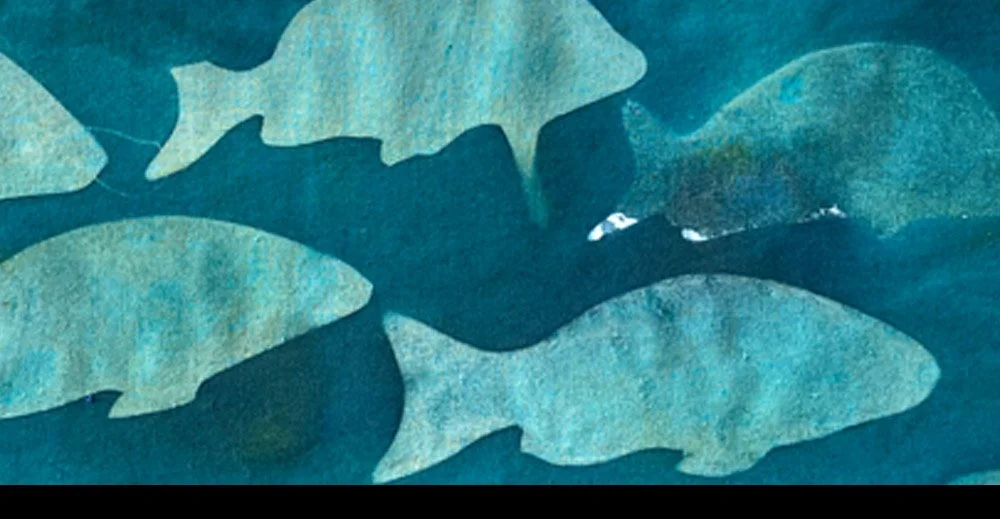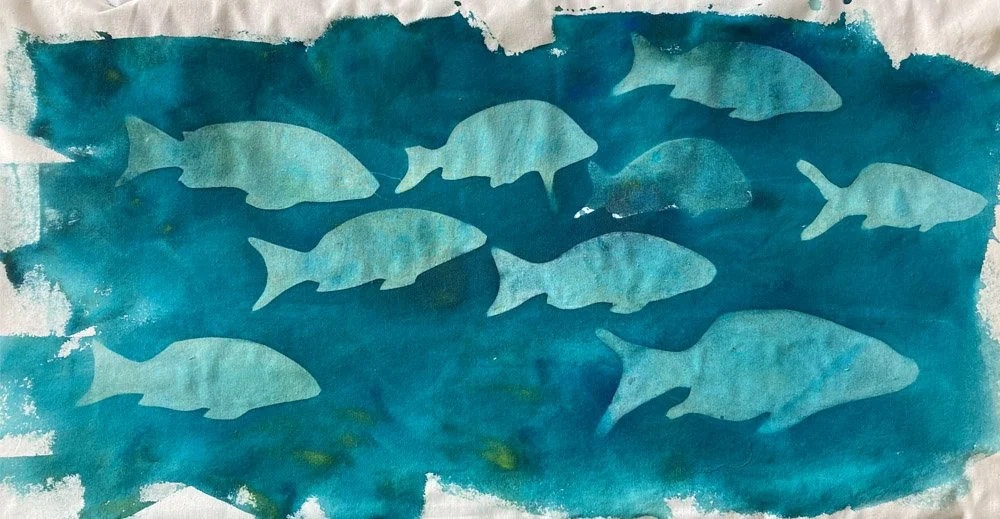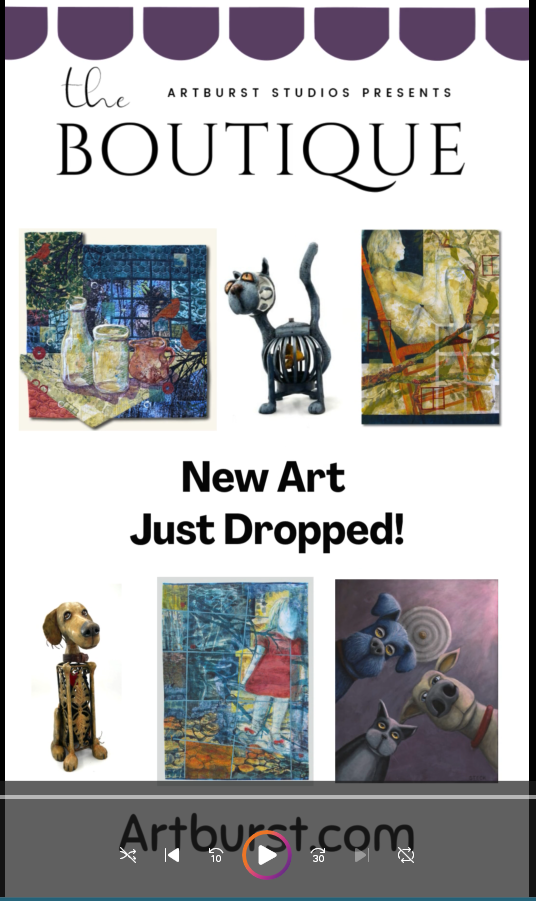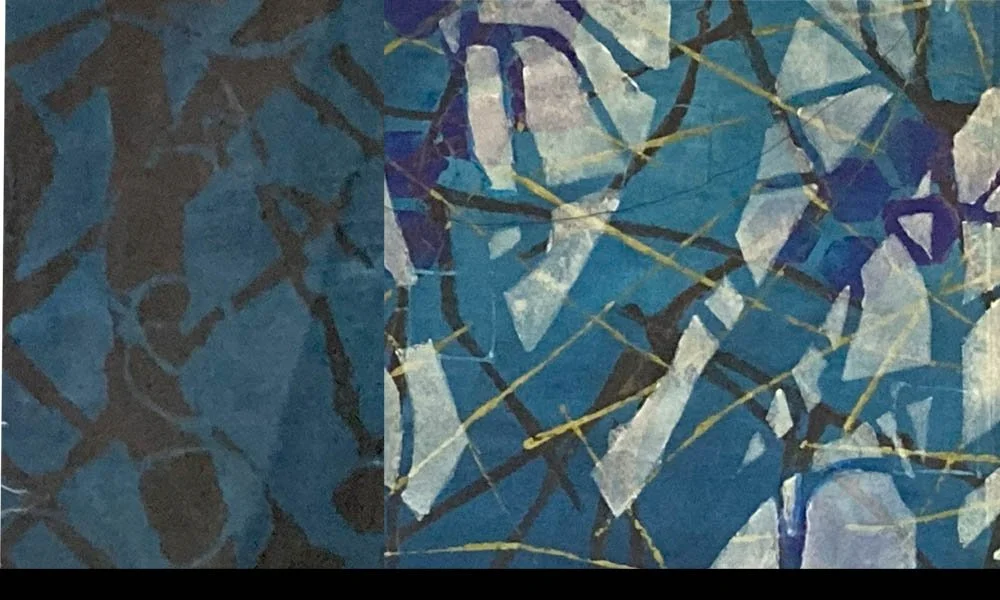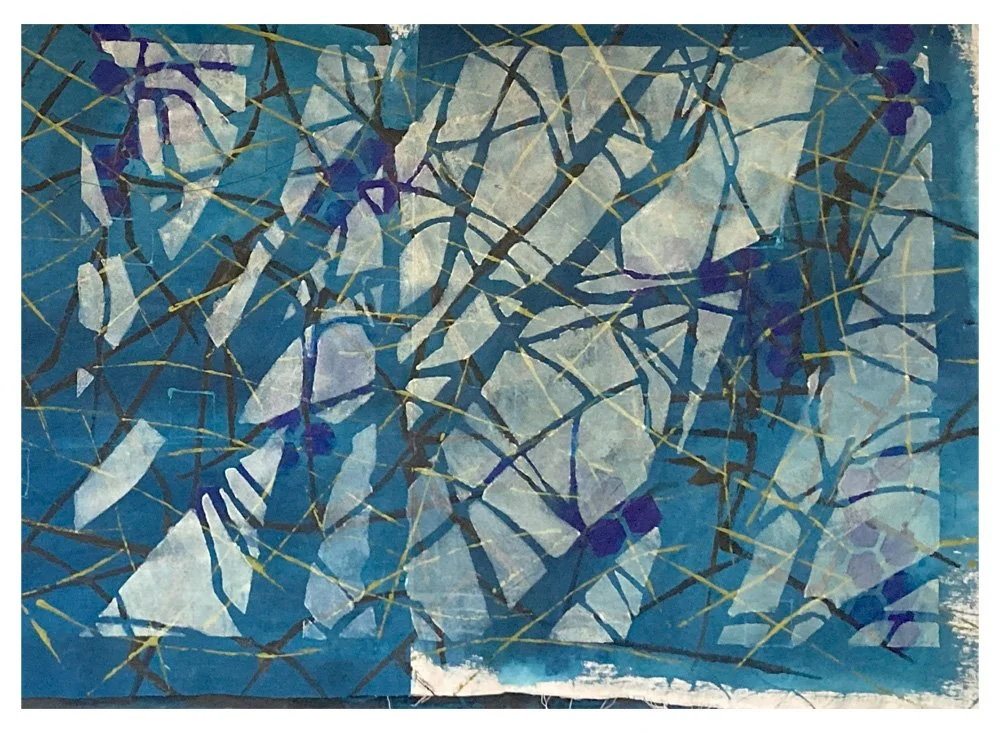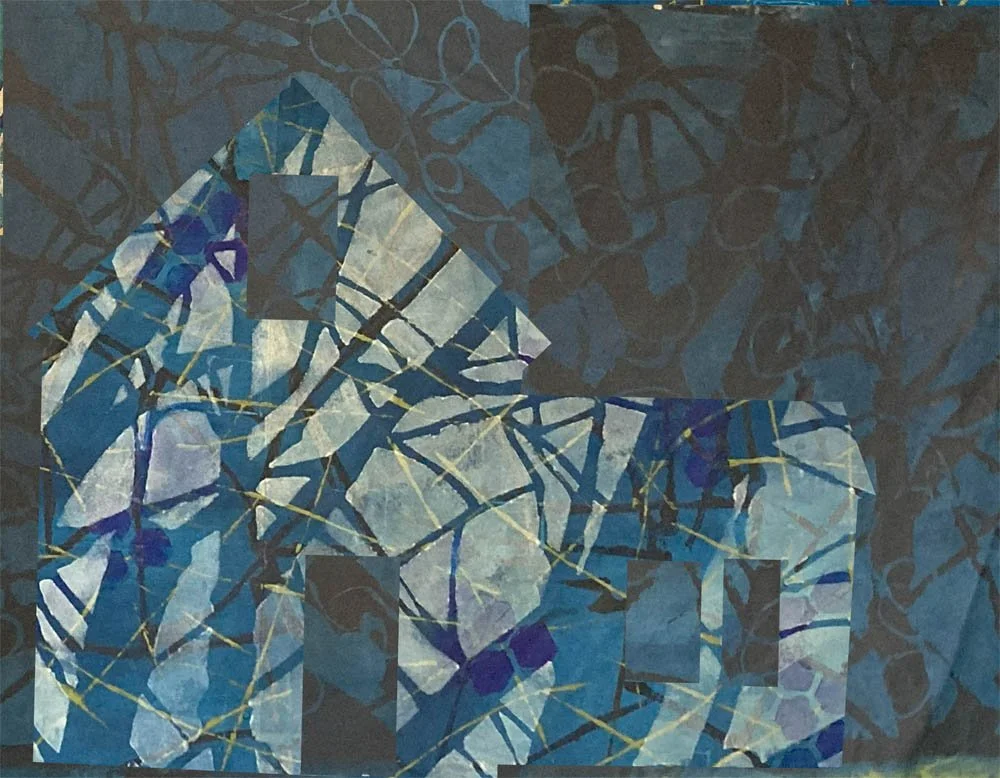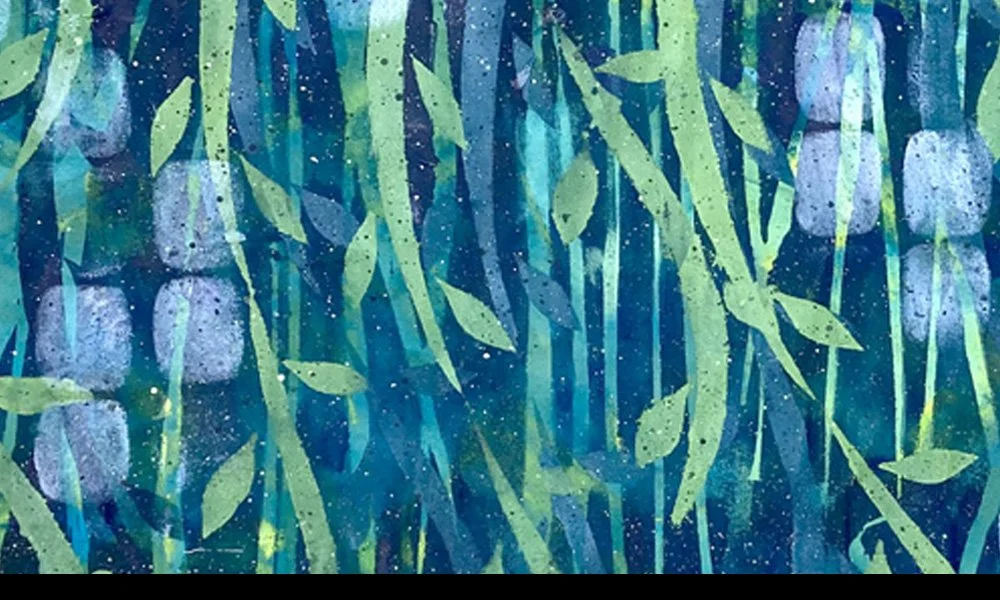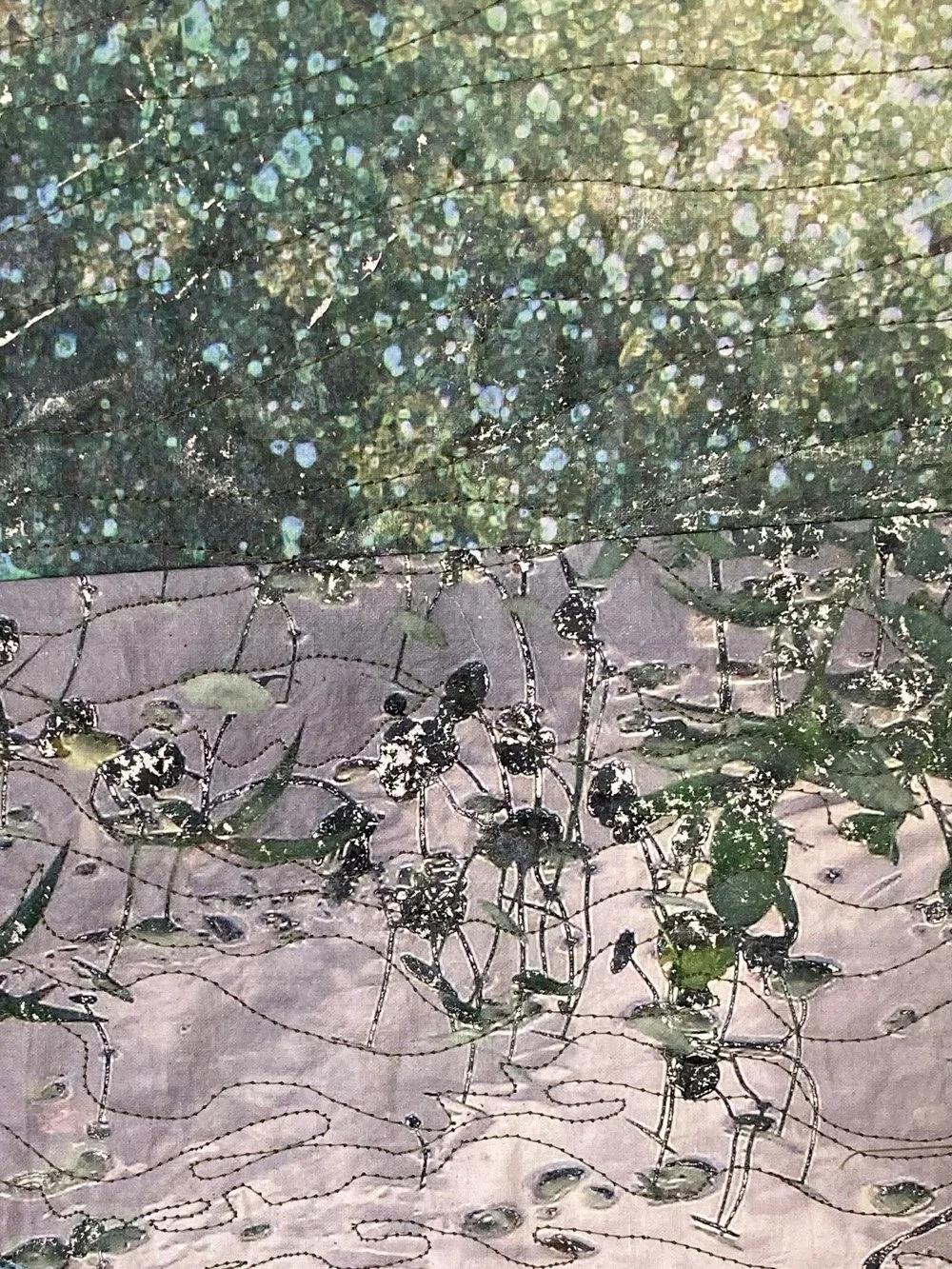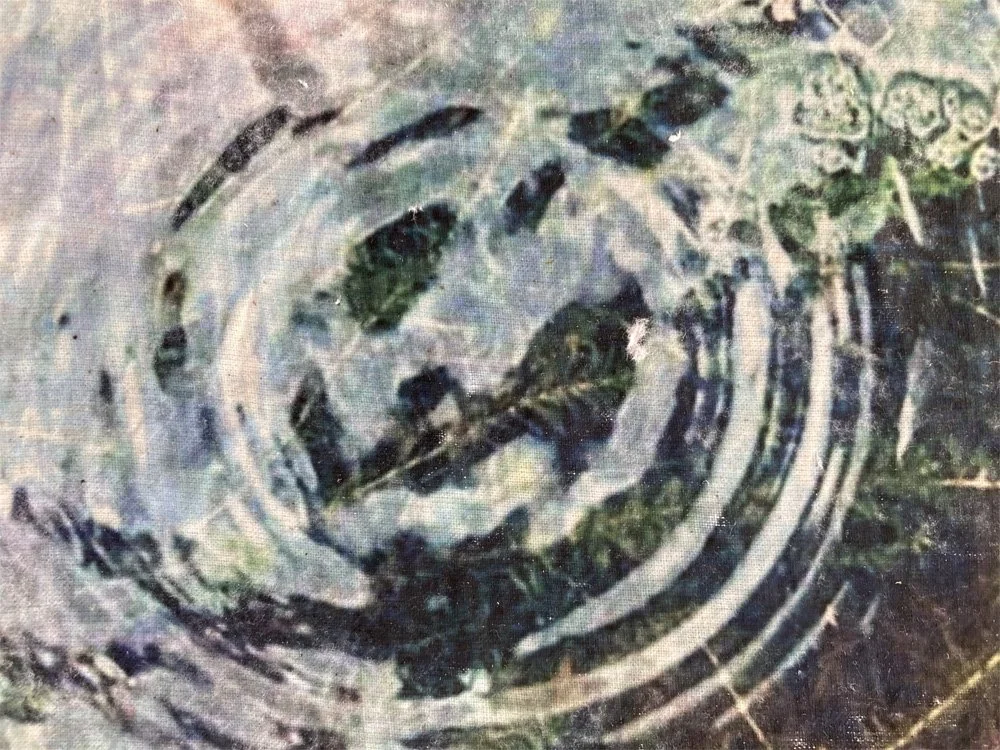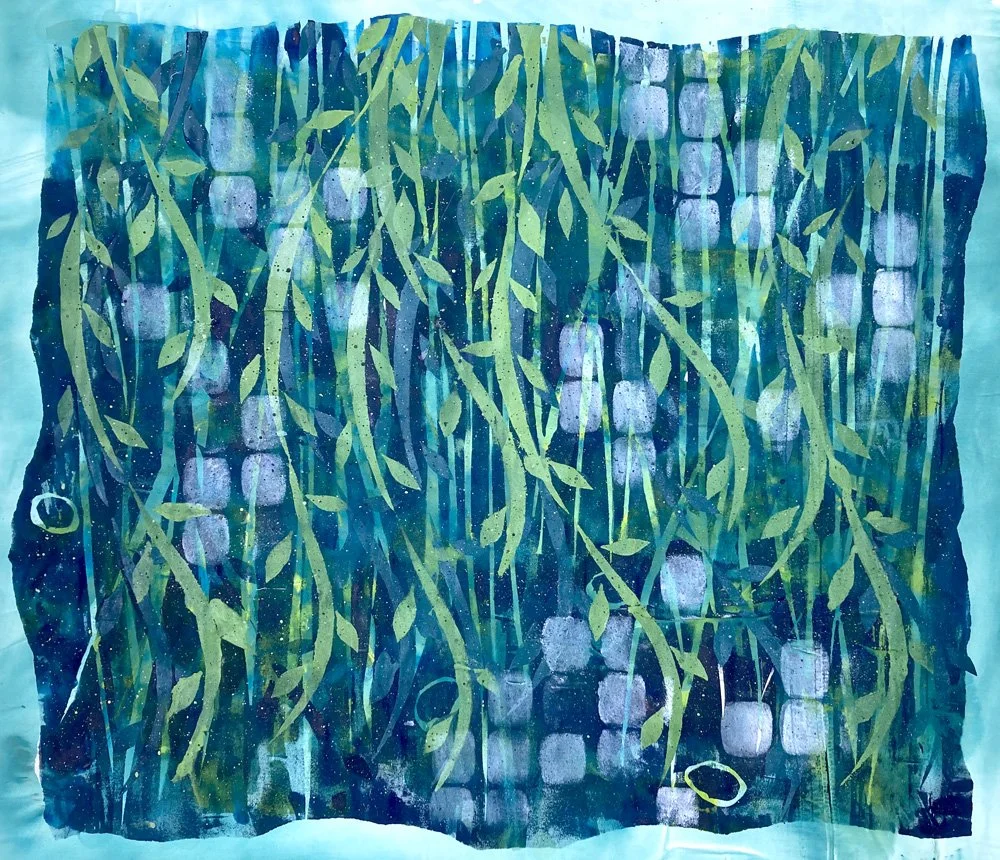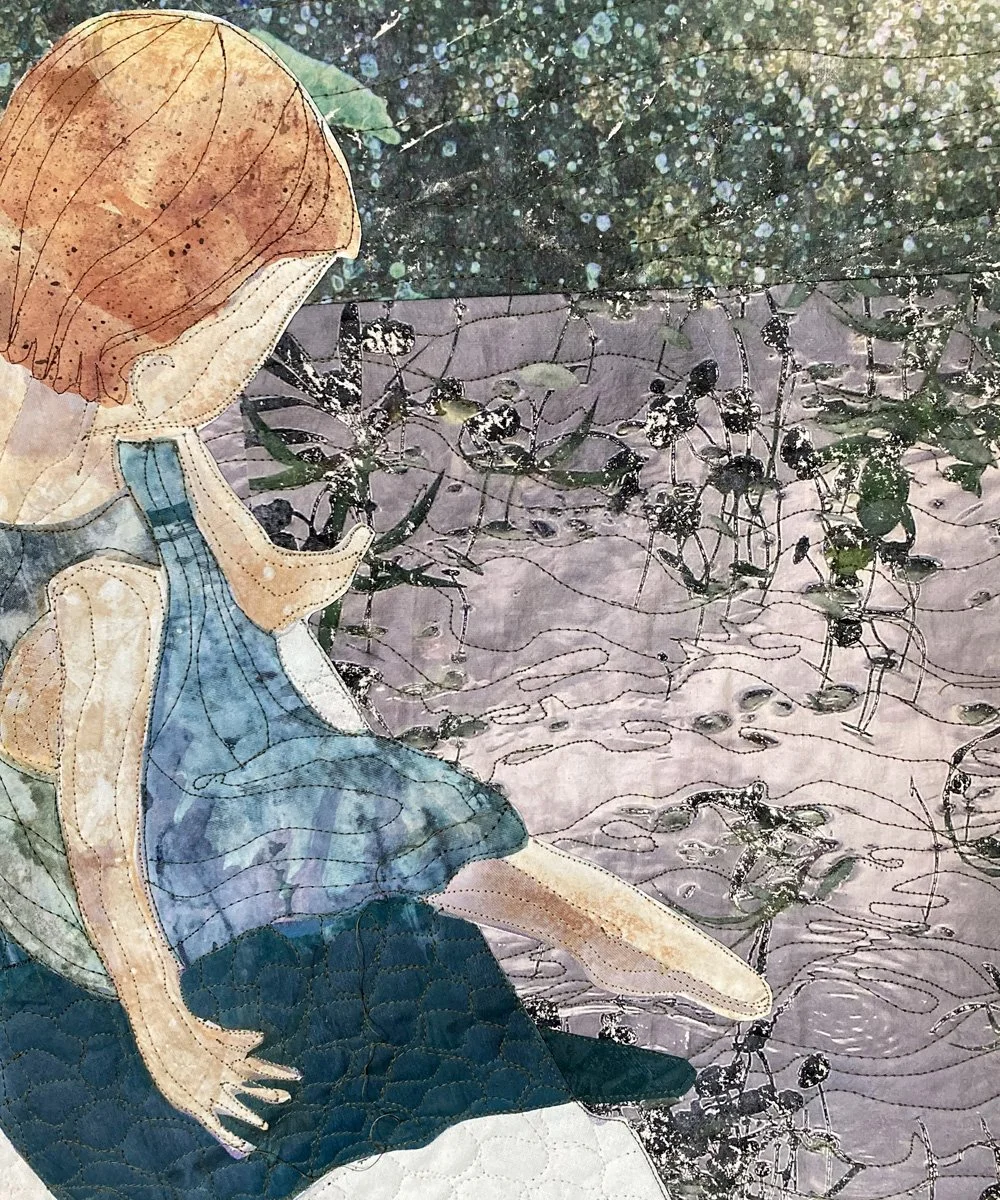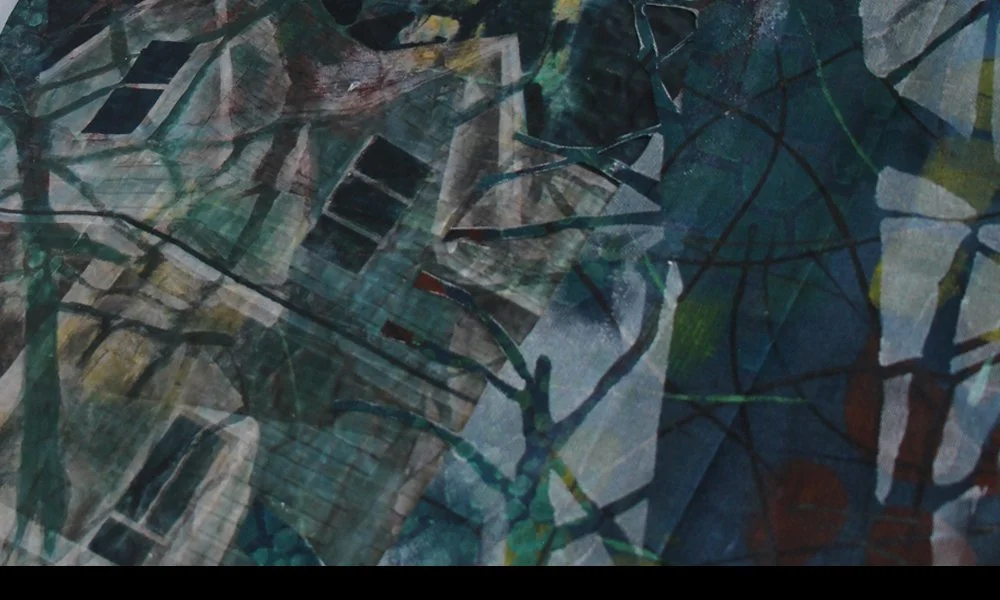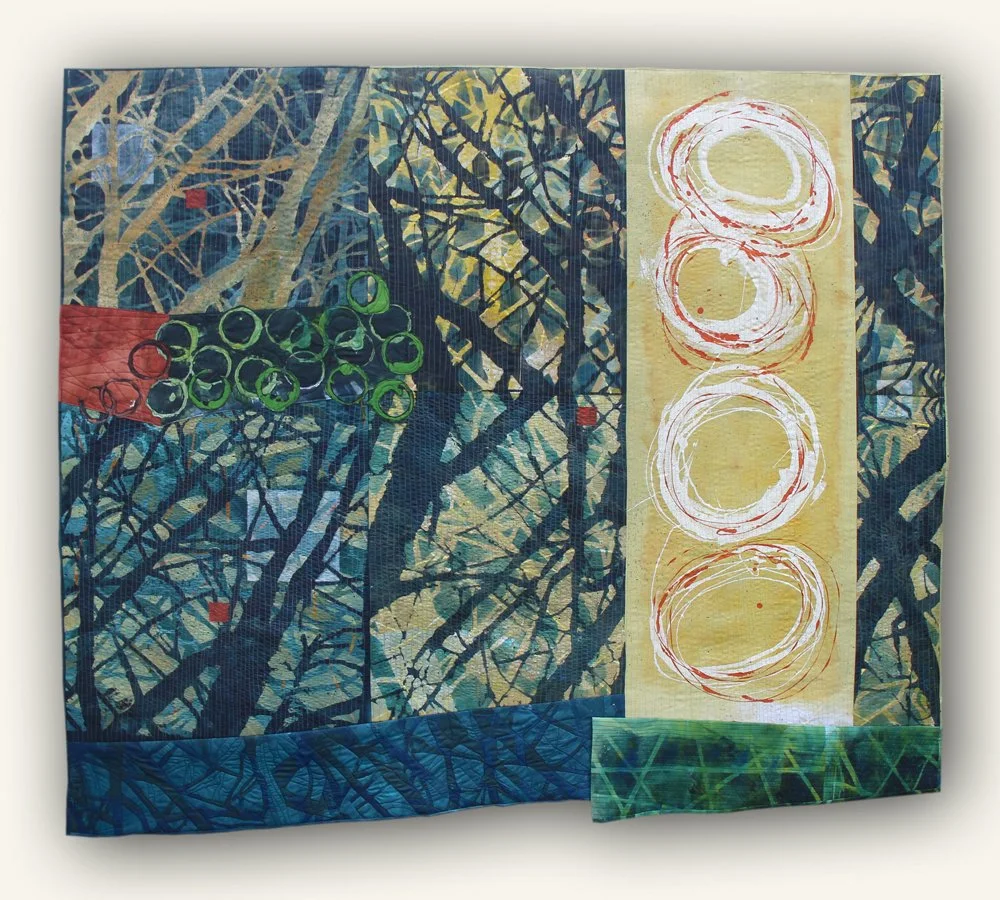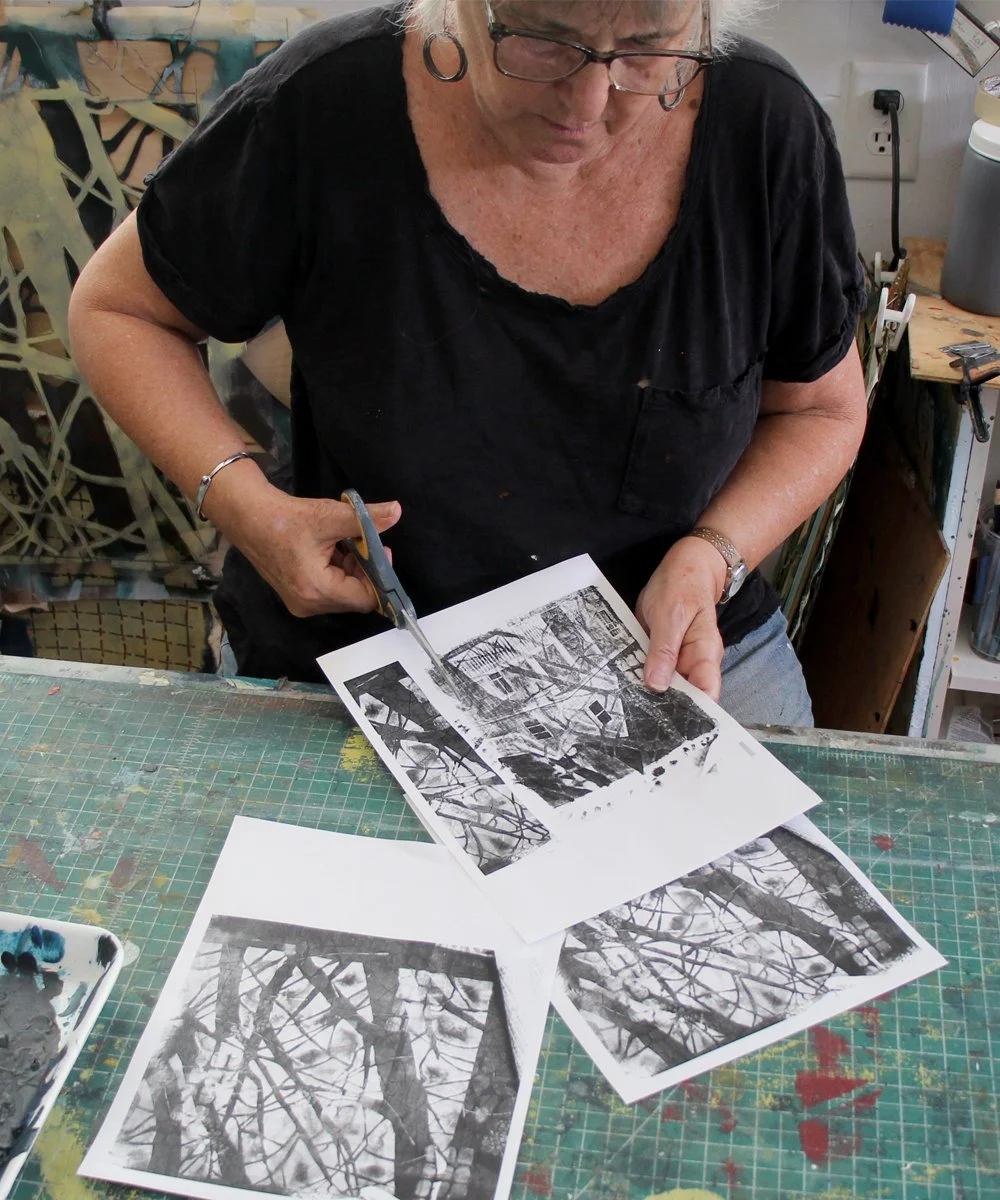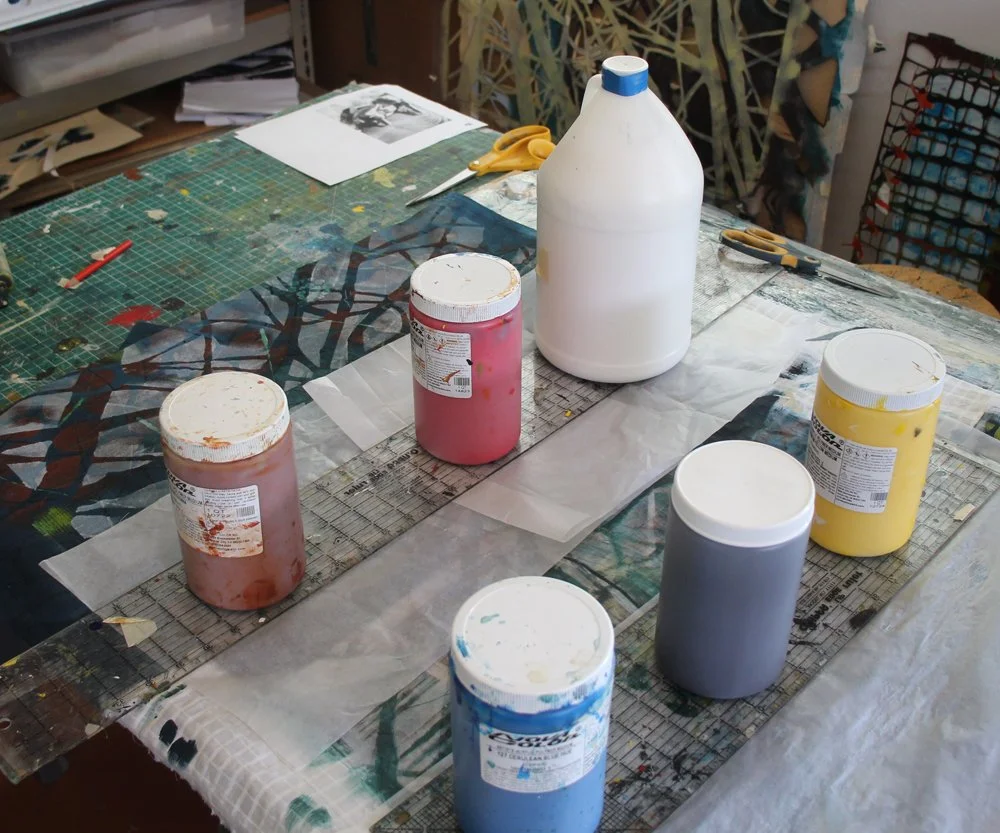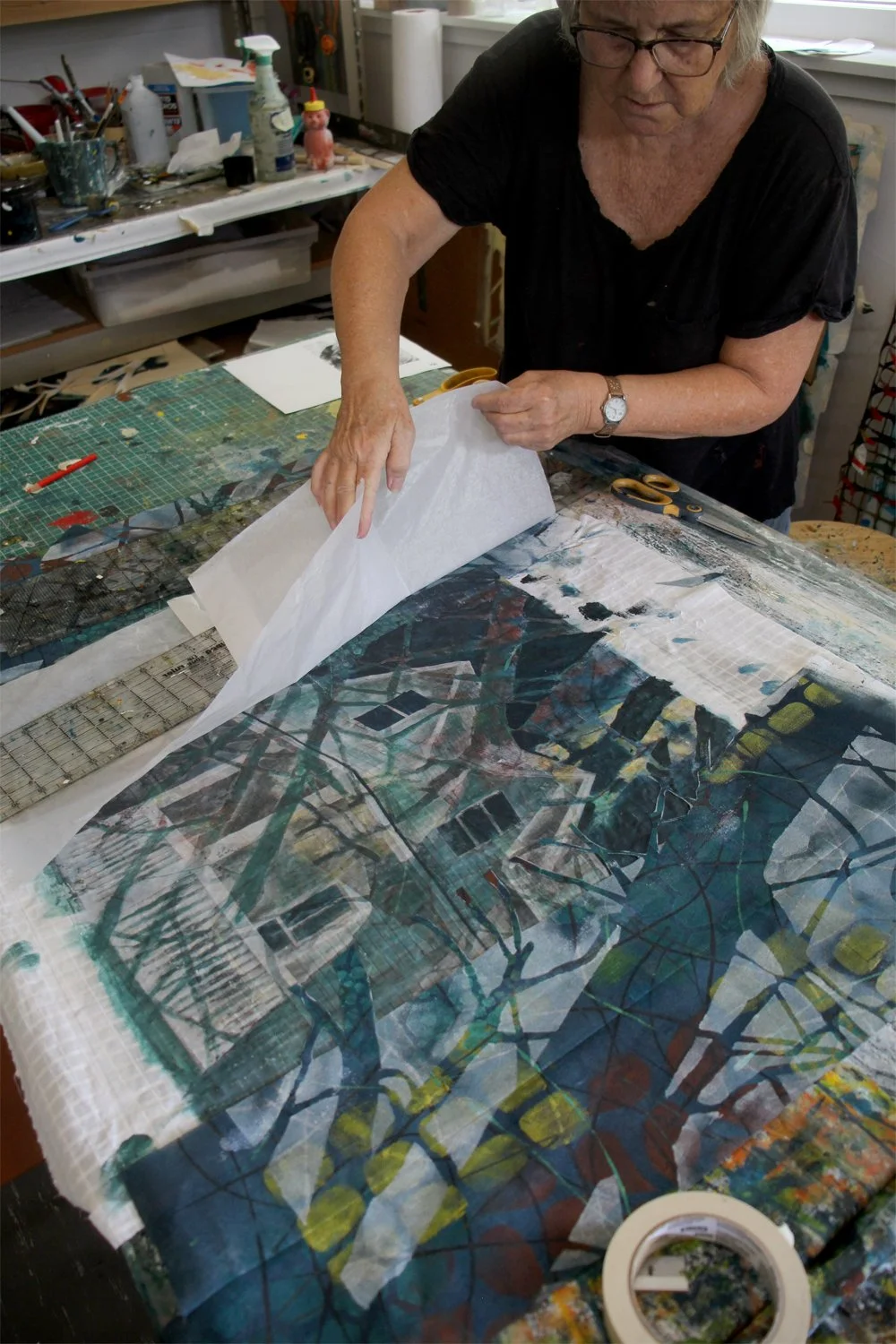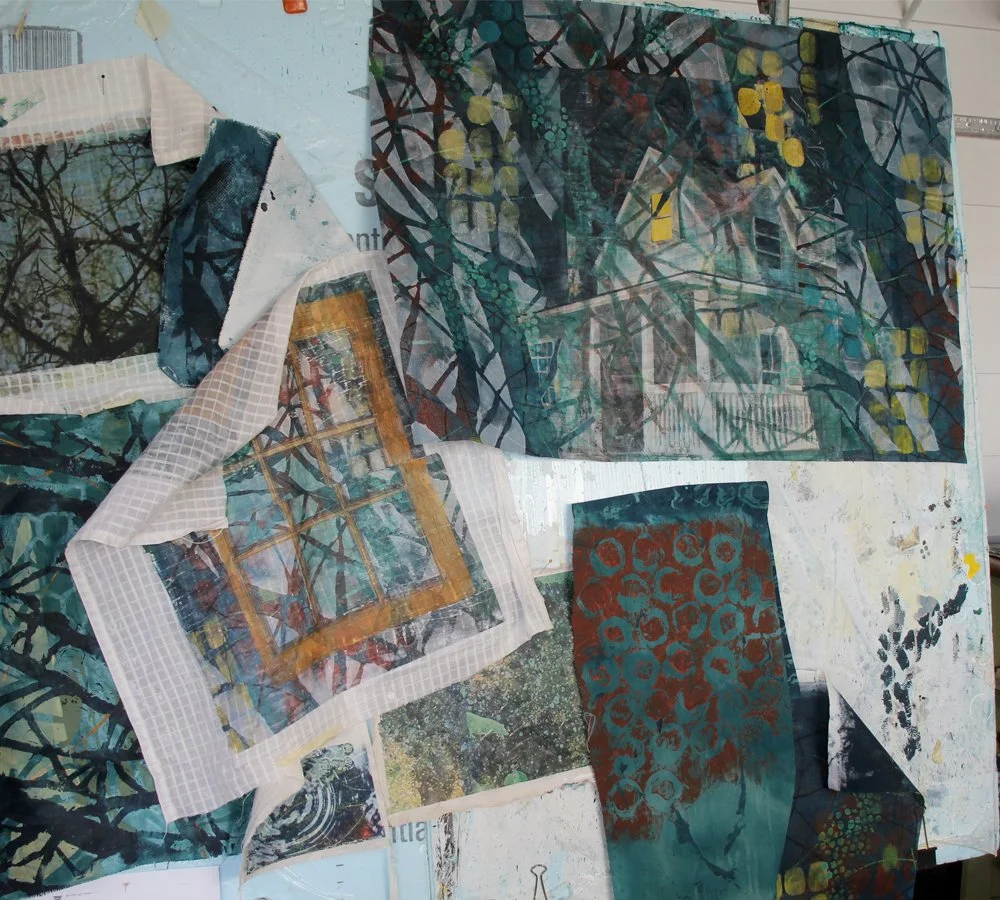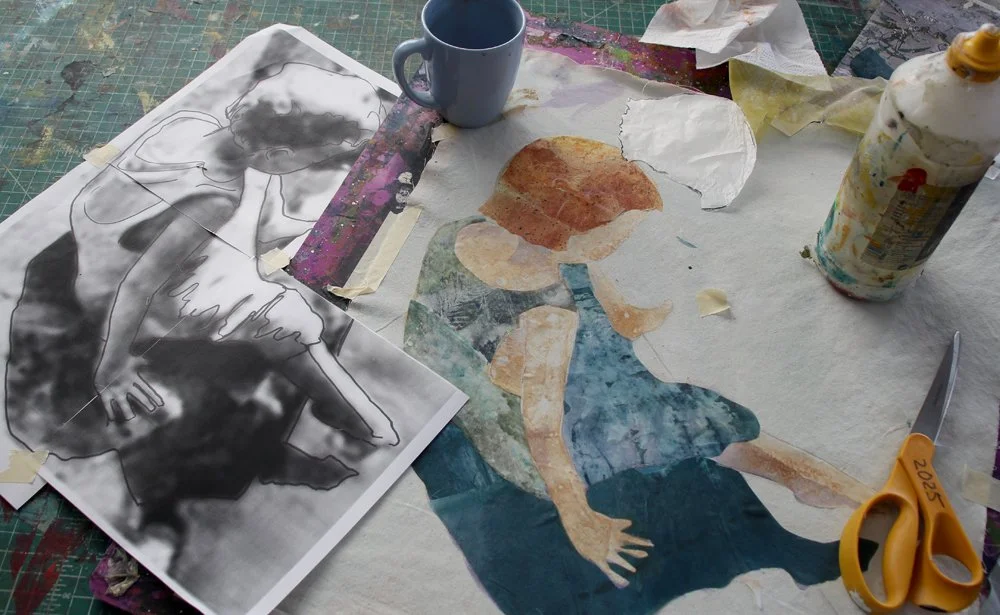How ideas come. . . is sometimes not at all. A week ago, trying to develop a concept for a new work in 2026, I had nuthin’. Sometimes you have to wait.
How ideas come . . . is, sometimes, in a flash. All at once. I try to work the word jumbles (conveniently located next to the comic section) each day in the newspaper. Yesterday, the first three came in a flash. Just like that. I looked at the scrambled letters and I just knew the answer. Then the fourth one stumped me. For hours.
Back to my art projects for 2026. A week ago I had nuthin’. (Well, almost nuthin’. I had taken a few photos of a house in DeLand that I think has interesting shapes. And I had pulled some family photos from scrapbooks, unsure why either of those are interesting to me.) Now, tonight I have somethin’. It’s not fully formed yet. But it’s beginning to evolve.
What made that happen?
I continued to return to the concepts. House. Family. Shapes. I kept them front and center in my brain during quiet moments on out porch or when I was doing mindless things like washing dishes. House. Family. Shapes. I didn’t force it. I just kept them present.
I spent time looking at other artists’ work. This stage is critical for me. I don’t want to copy anyone else’s work or style. But I do want to be inspired by other artists’ work. This week, I returned to a collage artist whose work I especially like. I spent some time looking. And I spent some time actually tracing the works on my light table. Involving my hands in the images that spoke to me helped me to see patterns.
I spent some time in Photoshop – moving images around and playing with sizes.
I spent some time physically moving images around on my worktable – small printouts of the parts I had from Photoshop. Moving them like paper dolls, just looking for relationships. (For me, this is often a better way to explore ideas than Photo Shop experiments.)
I read poetry, as I try to do each day. When I am seeking direction for a work, it happens that poems I might otherwise overlook speak to me in a new way. I hear something new.
(If poetry does not speak to you, don’t beat yourself up with guilt. I just happen to love poetry. But I know it’s an acquired taste. But do read something; read something a little more challenging than another British Inspector murder mystery, wonderful though those are. It’s possible that analytical text about the environment or biology are stimulating to you. Or maybe you are most inspired by learning history. Find something that stirs your brain a bit.)
I spent some time this week looking back at my own work. What pieces have I created that addressed similar ideas? What did I like about those works? What left me dissatisfied?
In whatever way you are analytical . . . do some analyzing.
In whatever way you are intuitive . . . do some responding.
Then let it all cook a while.
Ideas WILL come. They are in there!
. . . .
I am looking forward to the opening of TRIO later this week. If you are near the central Florida area, I hope you’ll find time to see this exhibit. I had seen all the images in advance as jpegs, and only saw the actual works in person last week while delivering them to Ormond Museum. Wow! Textile artworks offer so much to experience.
For all of us: focus each day
on the good that needs to be done in the world.
Be part of doing it.
Thank you for reading. I always enjoy questions and comments.
--Bobbi
How I keep in touch:
BLOG POSTS - once a week: Mostly about what I am creating in the studio. If you would enjoy receiving blog posts by e-mail, please subscribe here: I post and send by e-mail each Sunday evening. BLOGS-BY-EMAIL
NEWSLETTER – about once a month: Mostly news of exhibits and my way of introducing new work. You’ll get FIRST LOOKS at new artwork and members-only discounts. You’ll hear from me about once a month. NEWSLETTER
